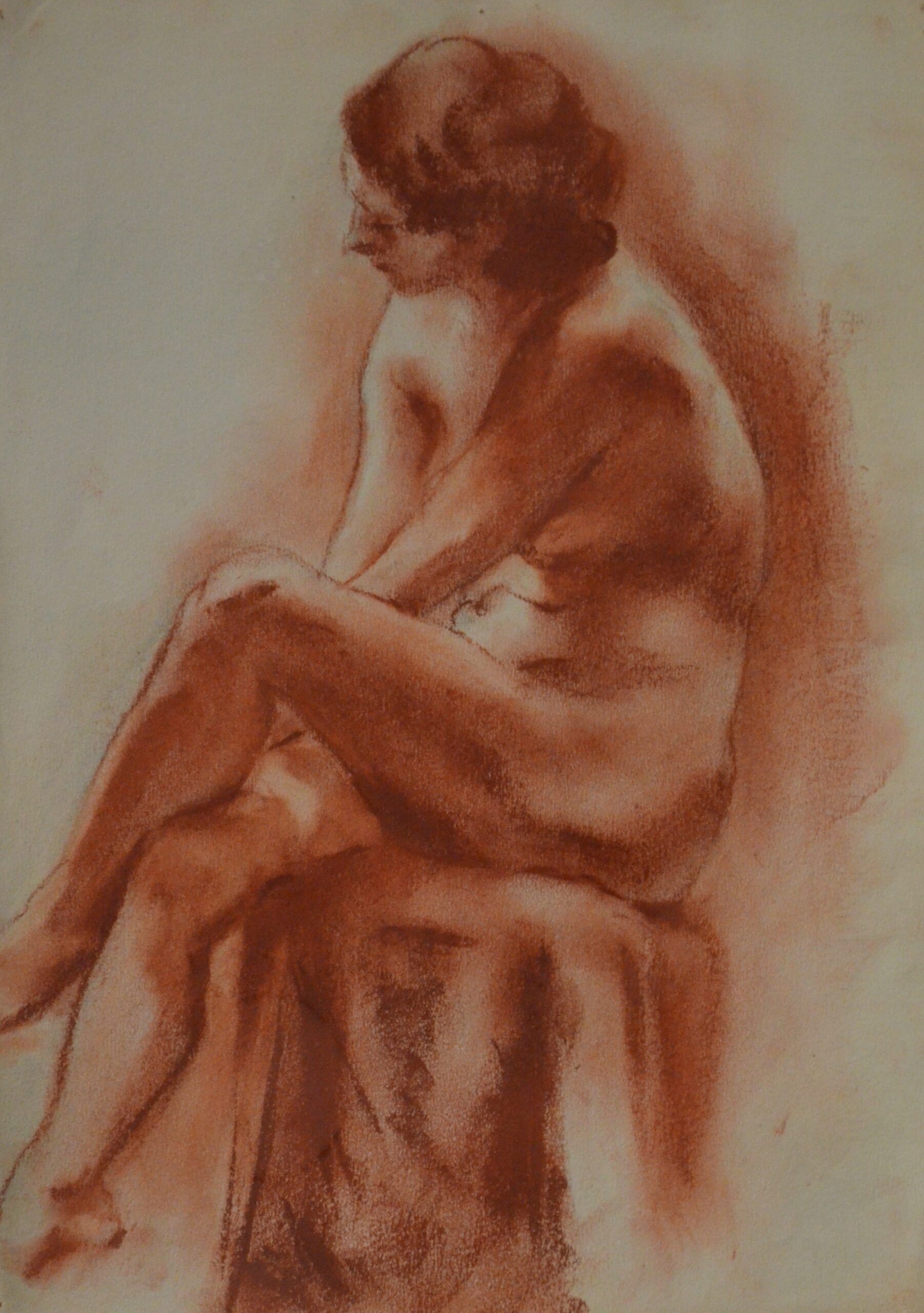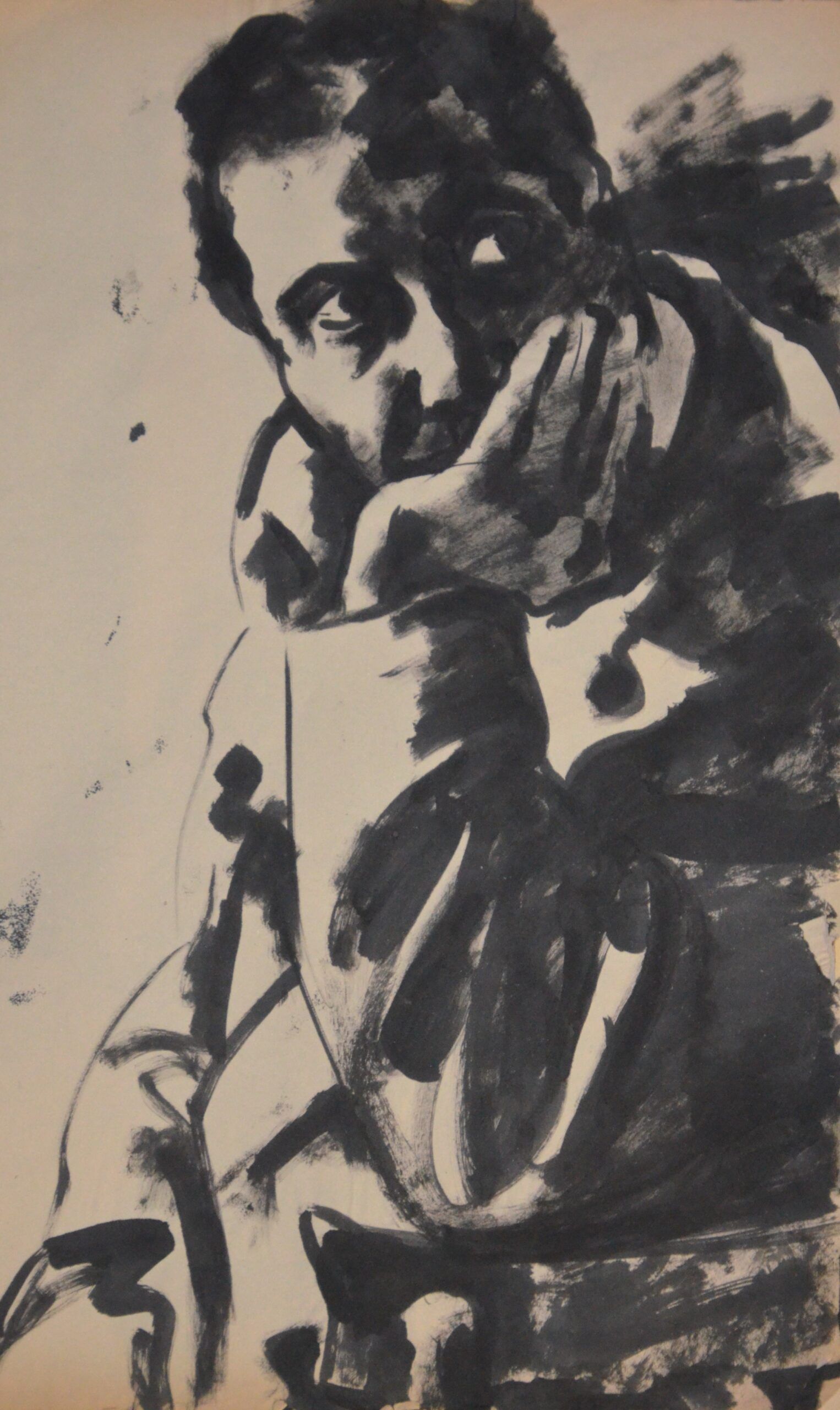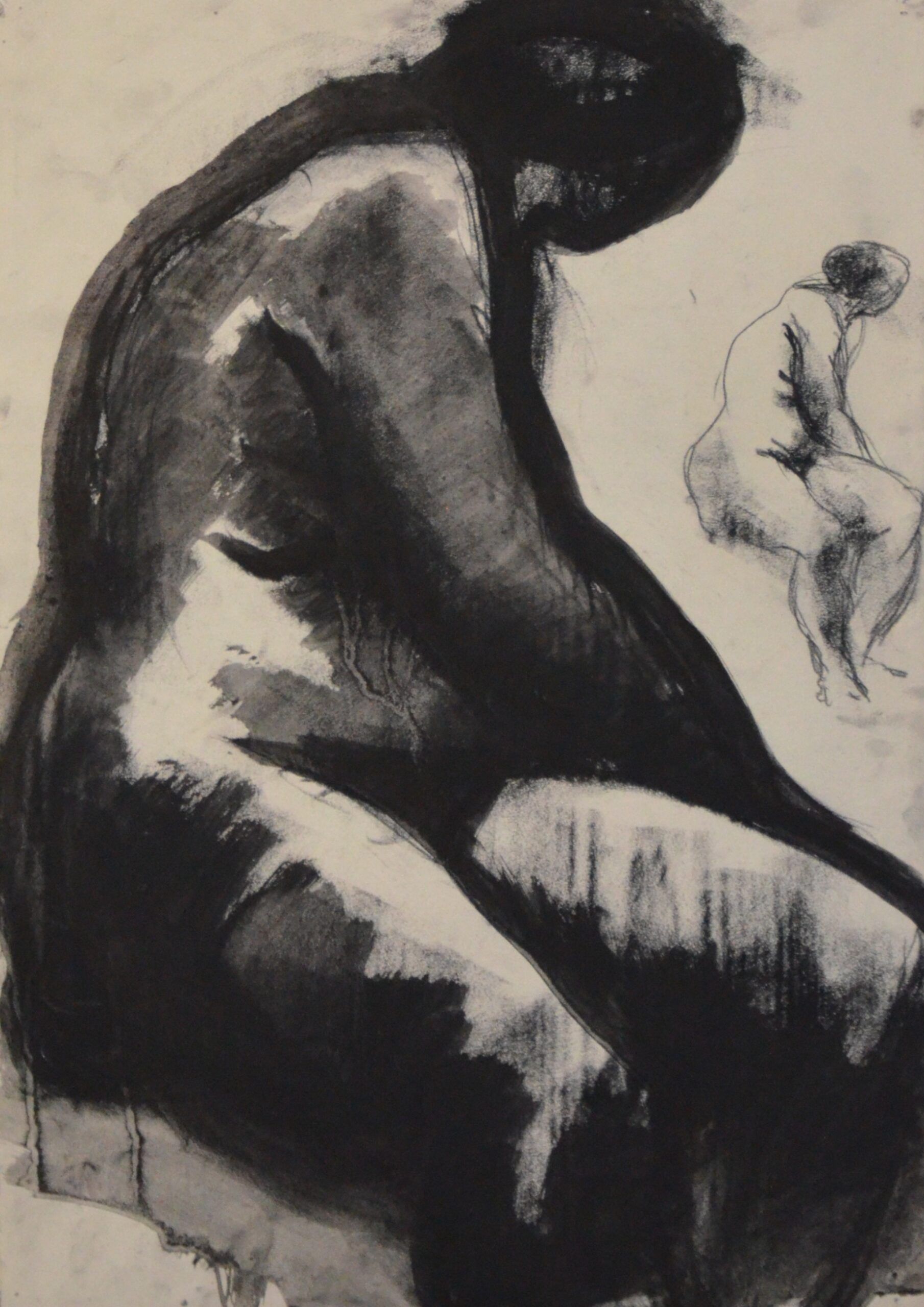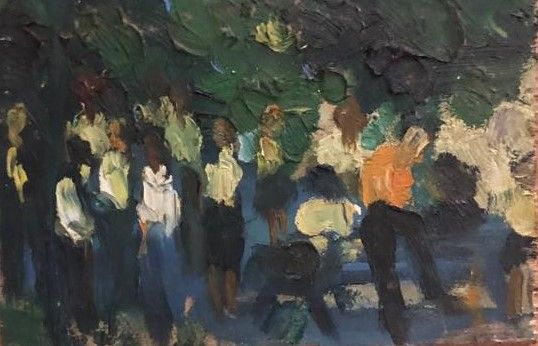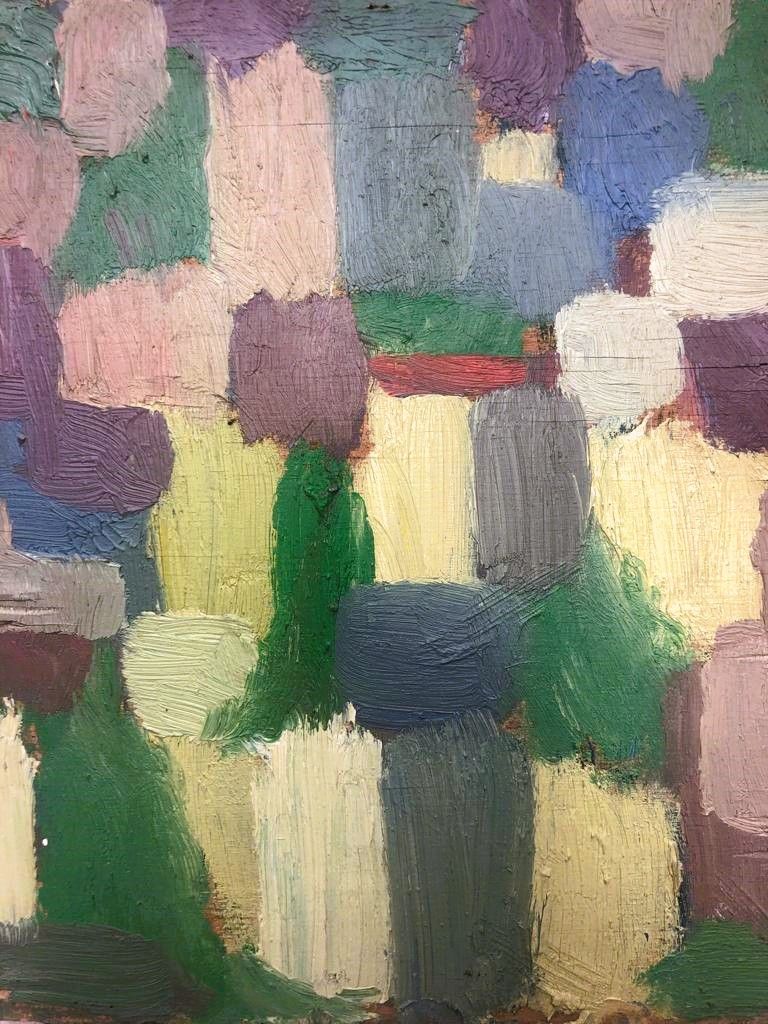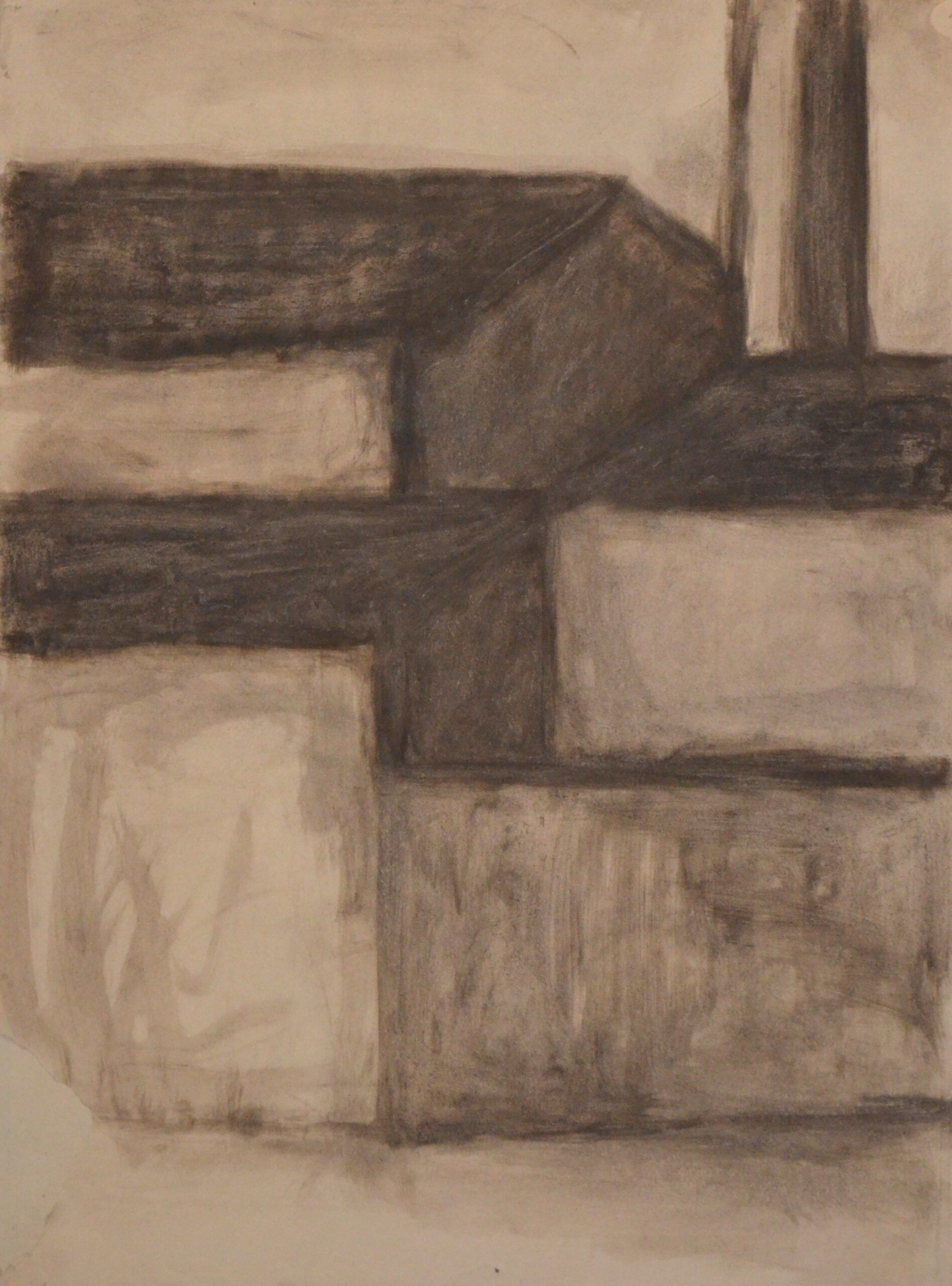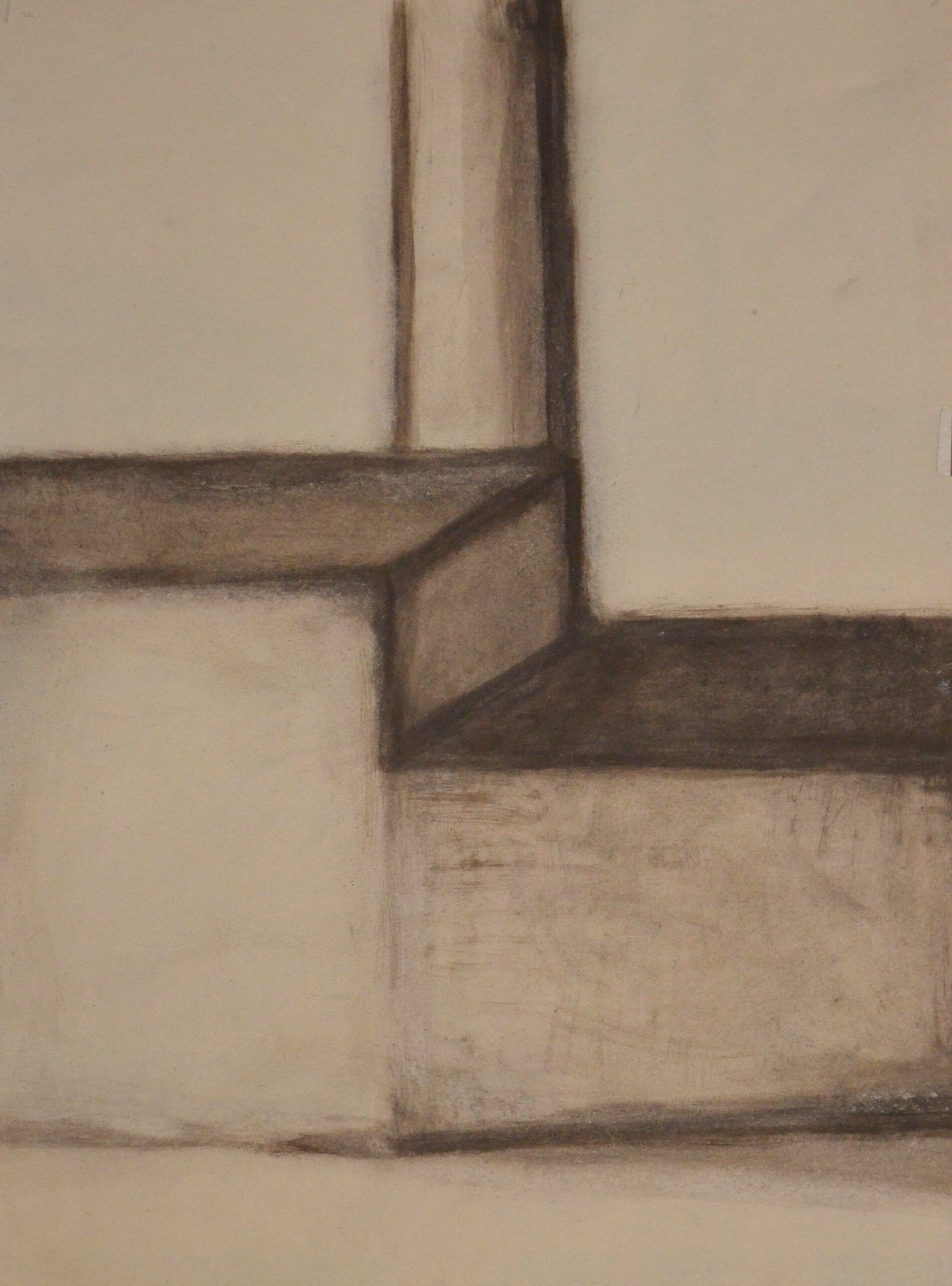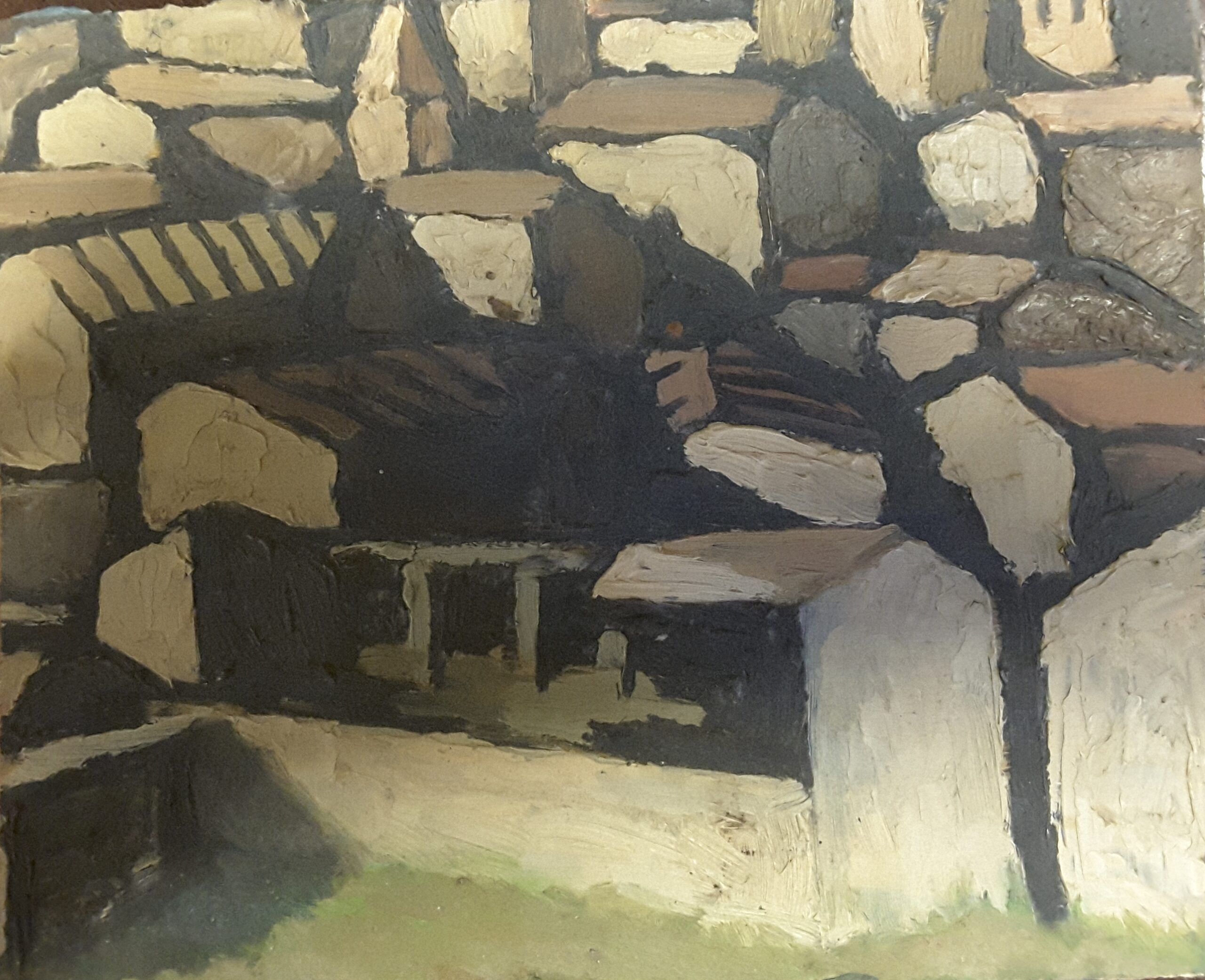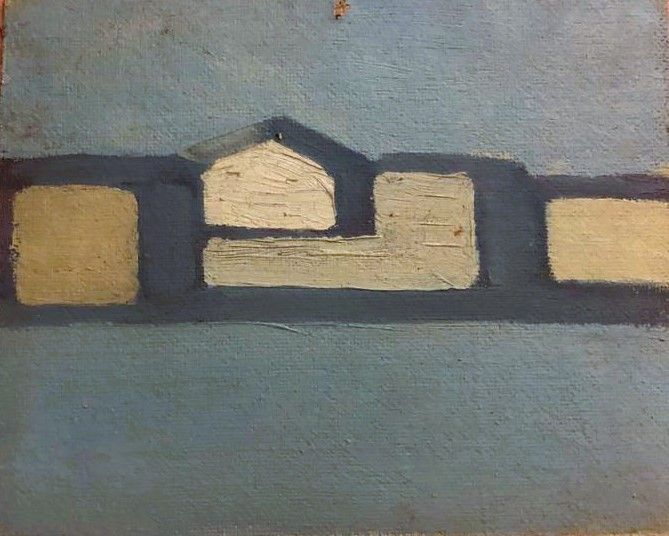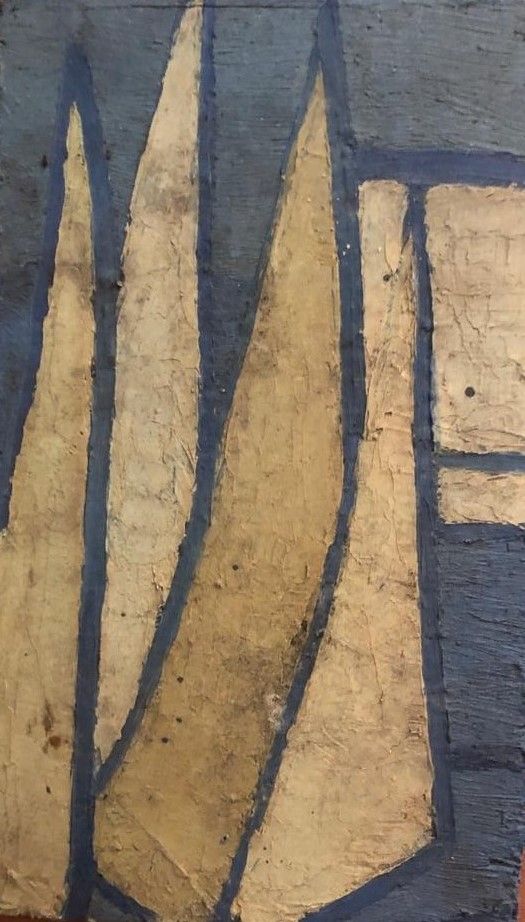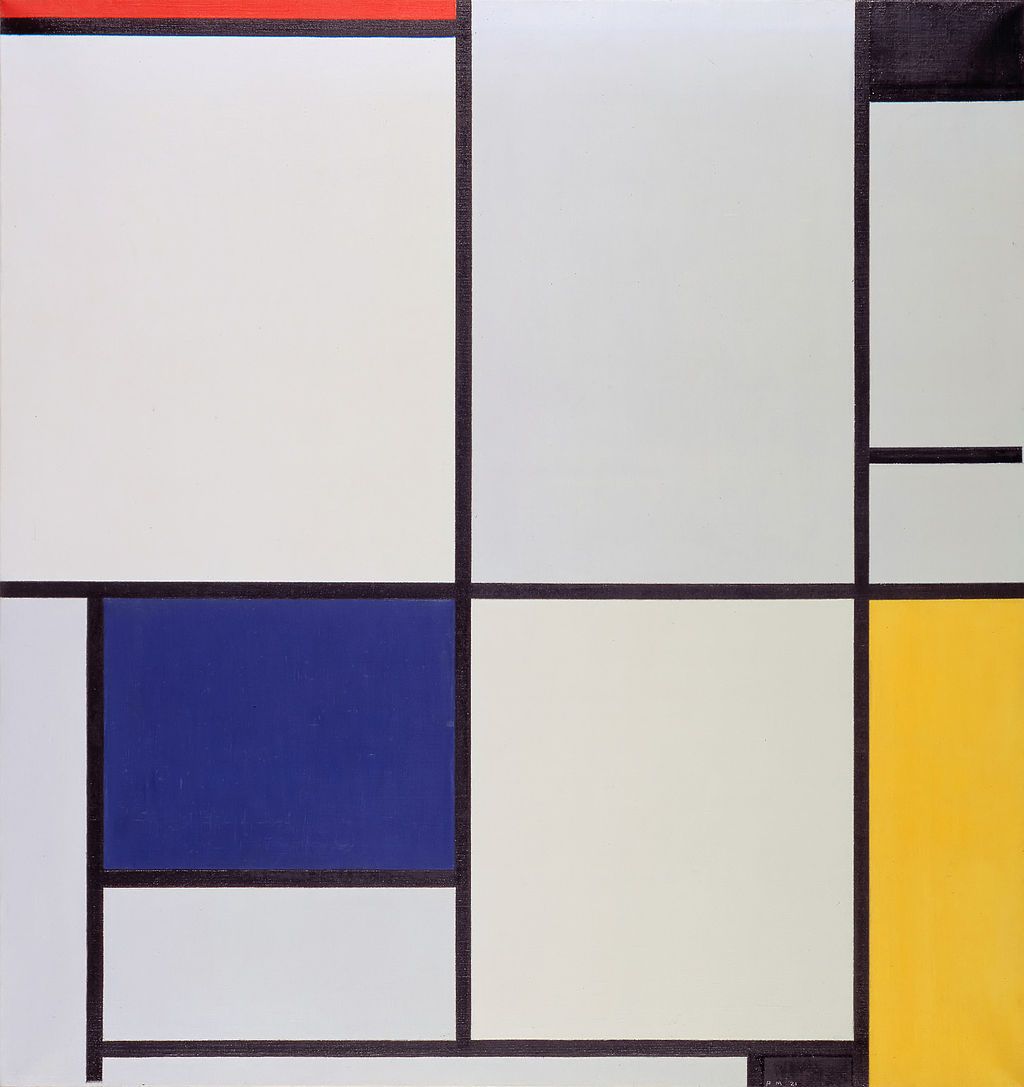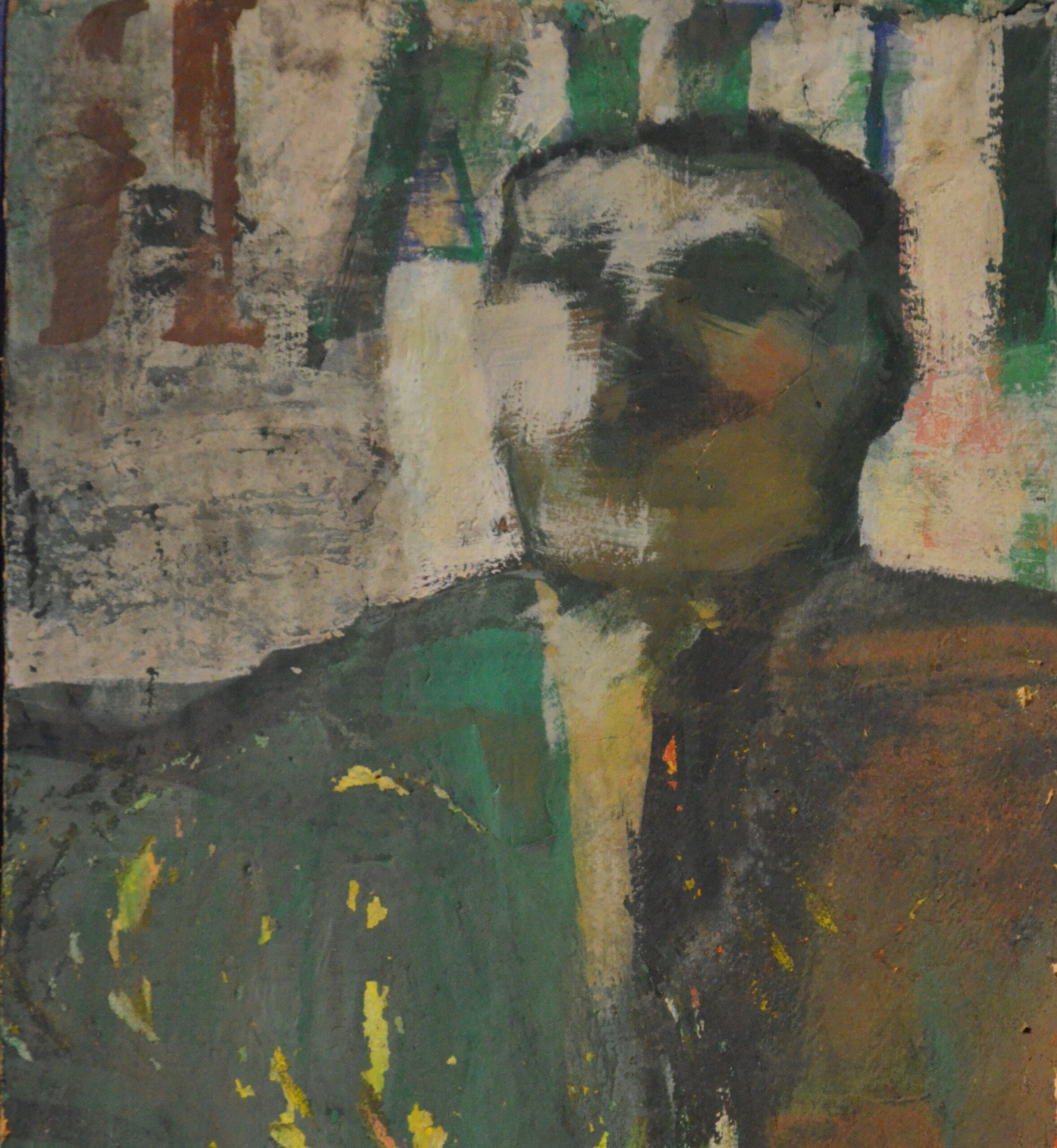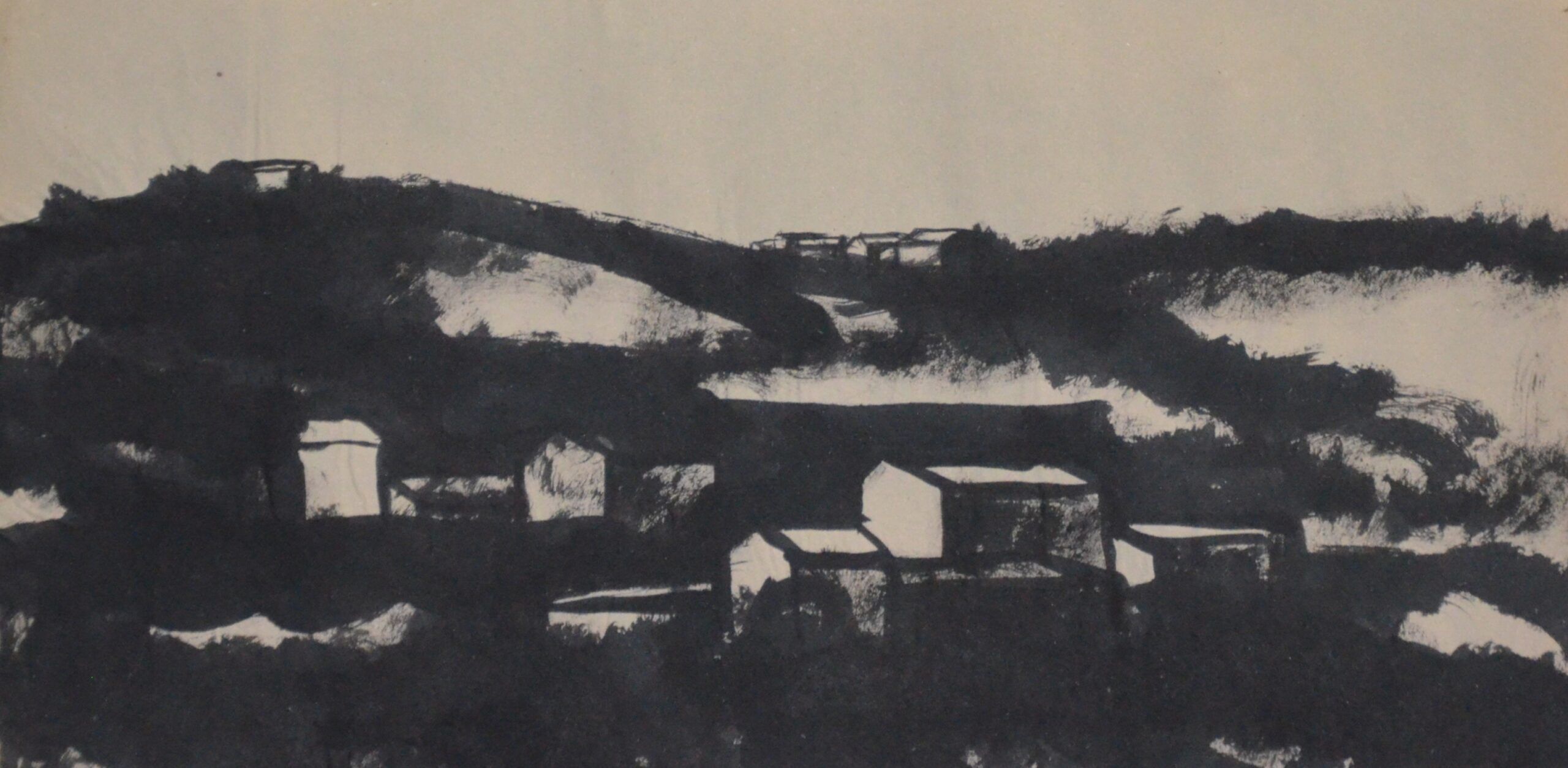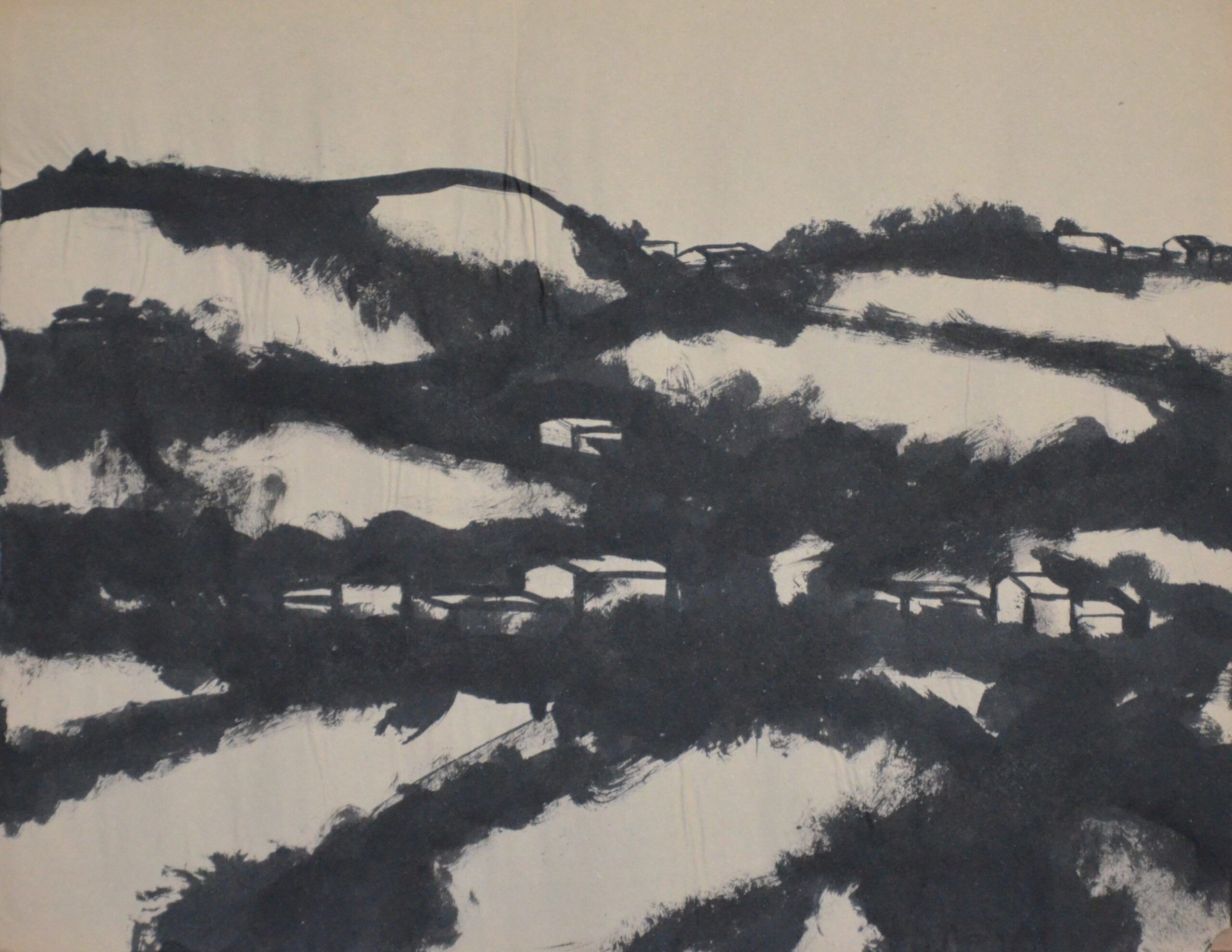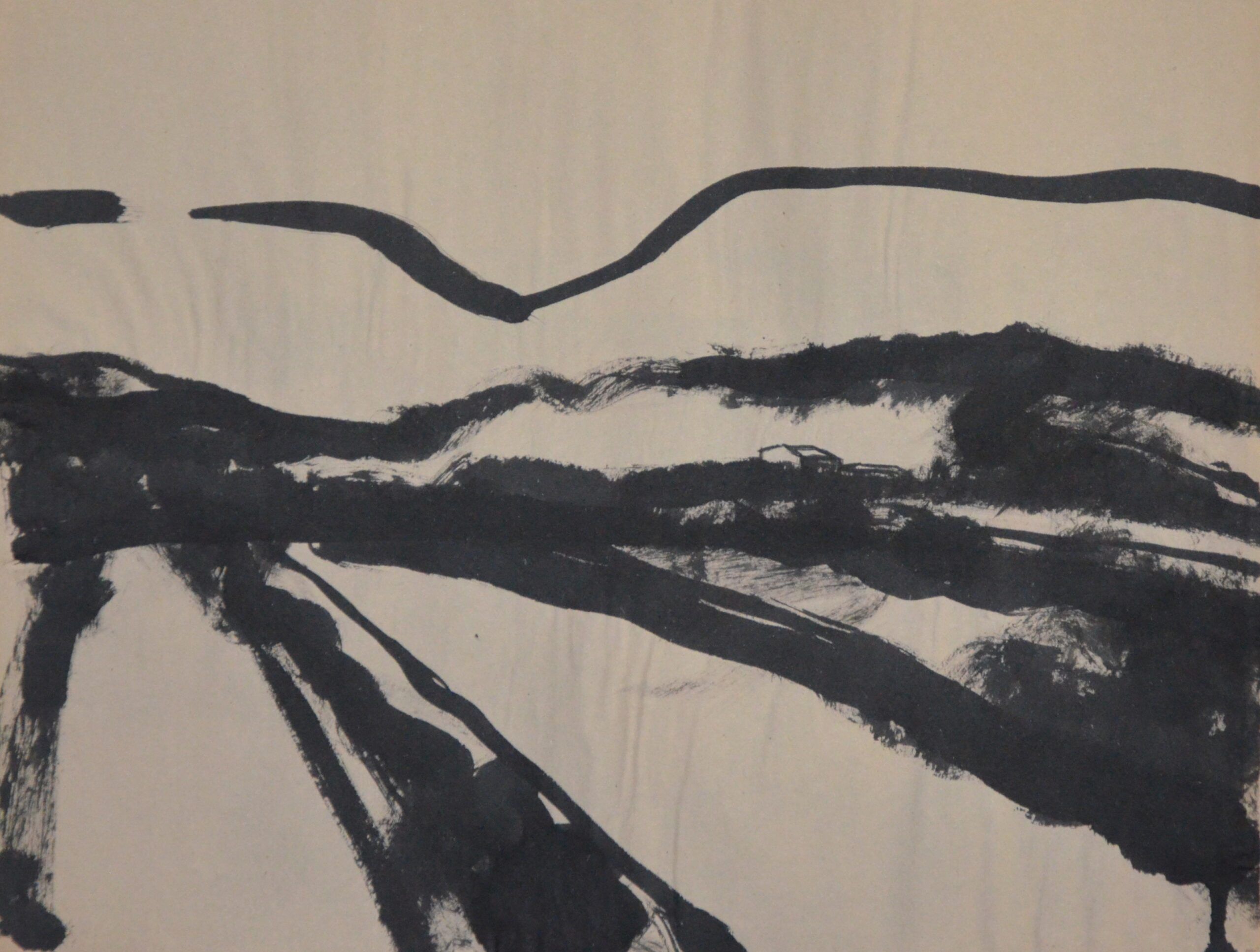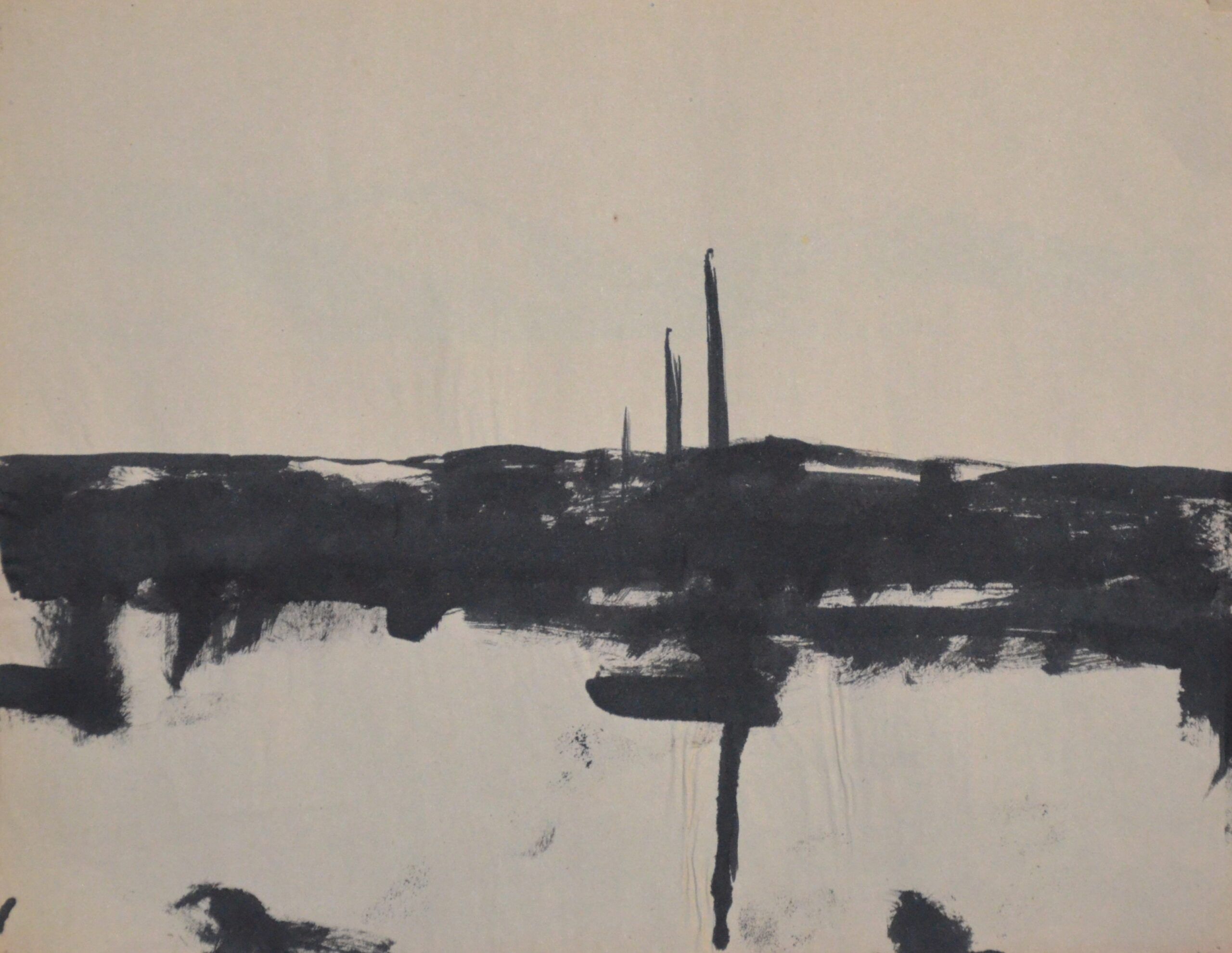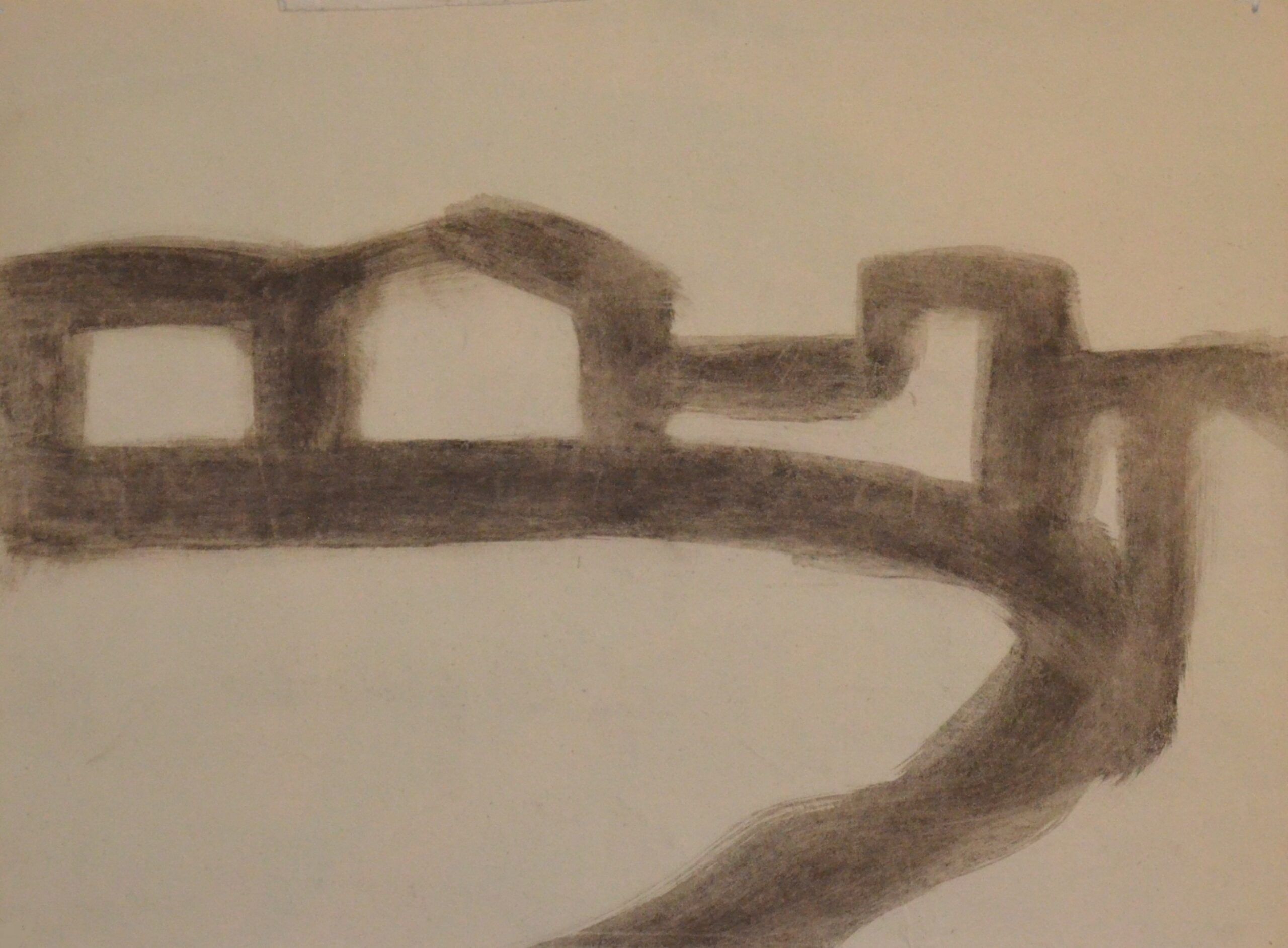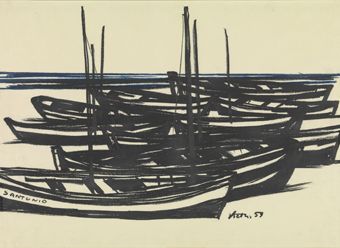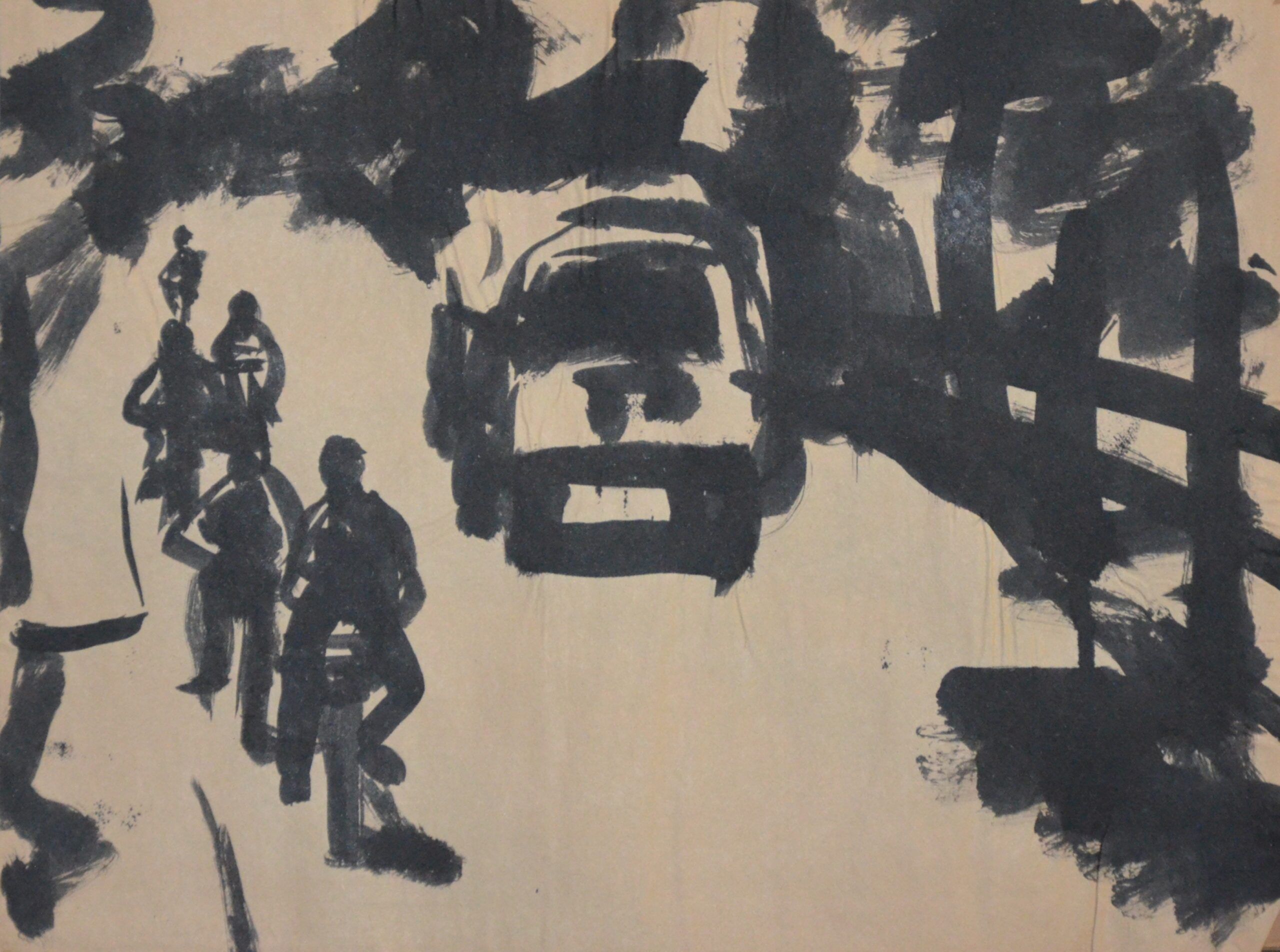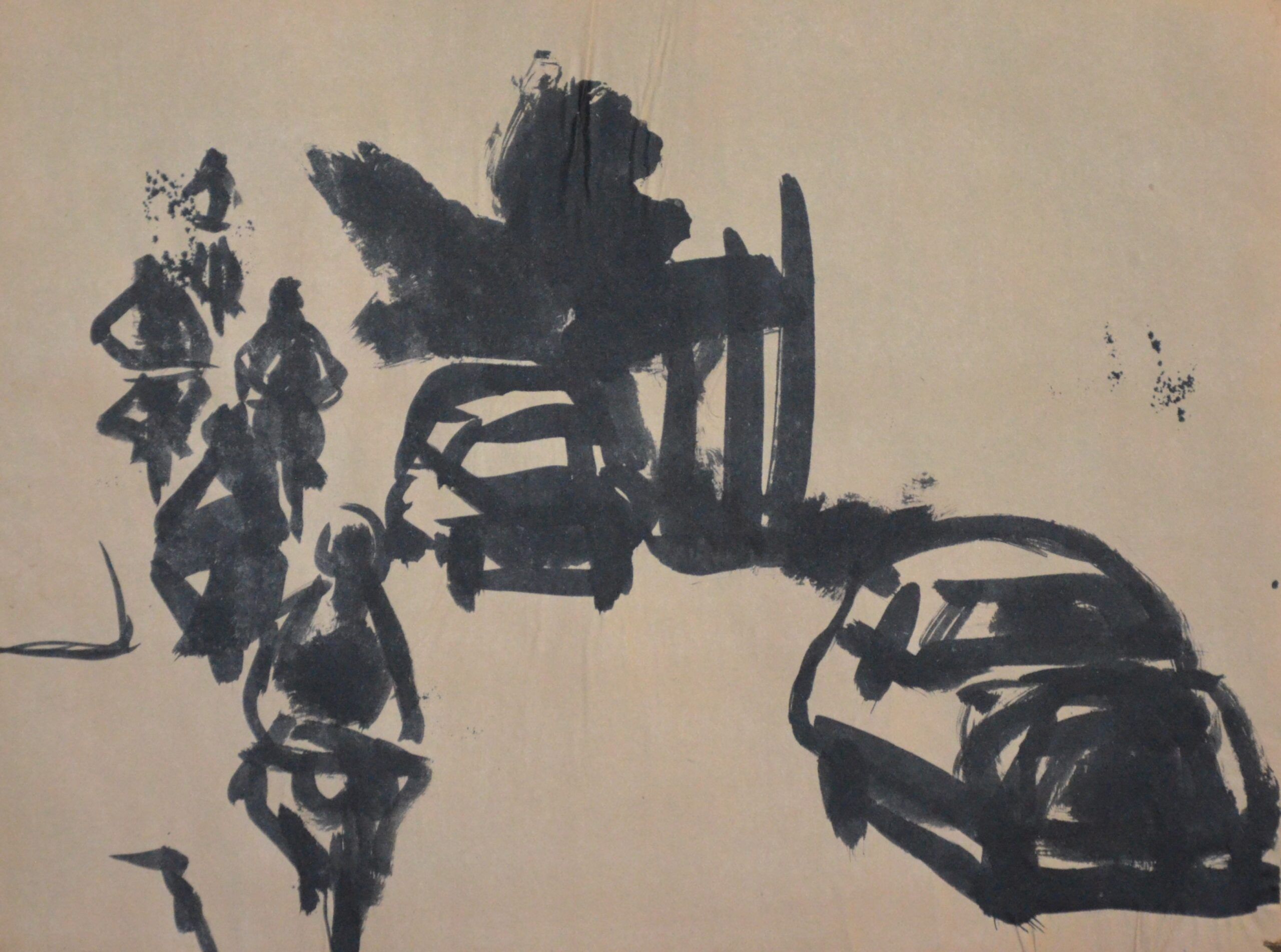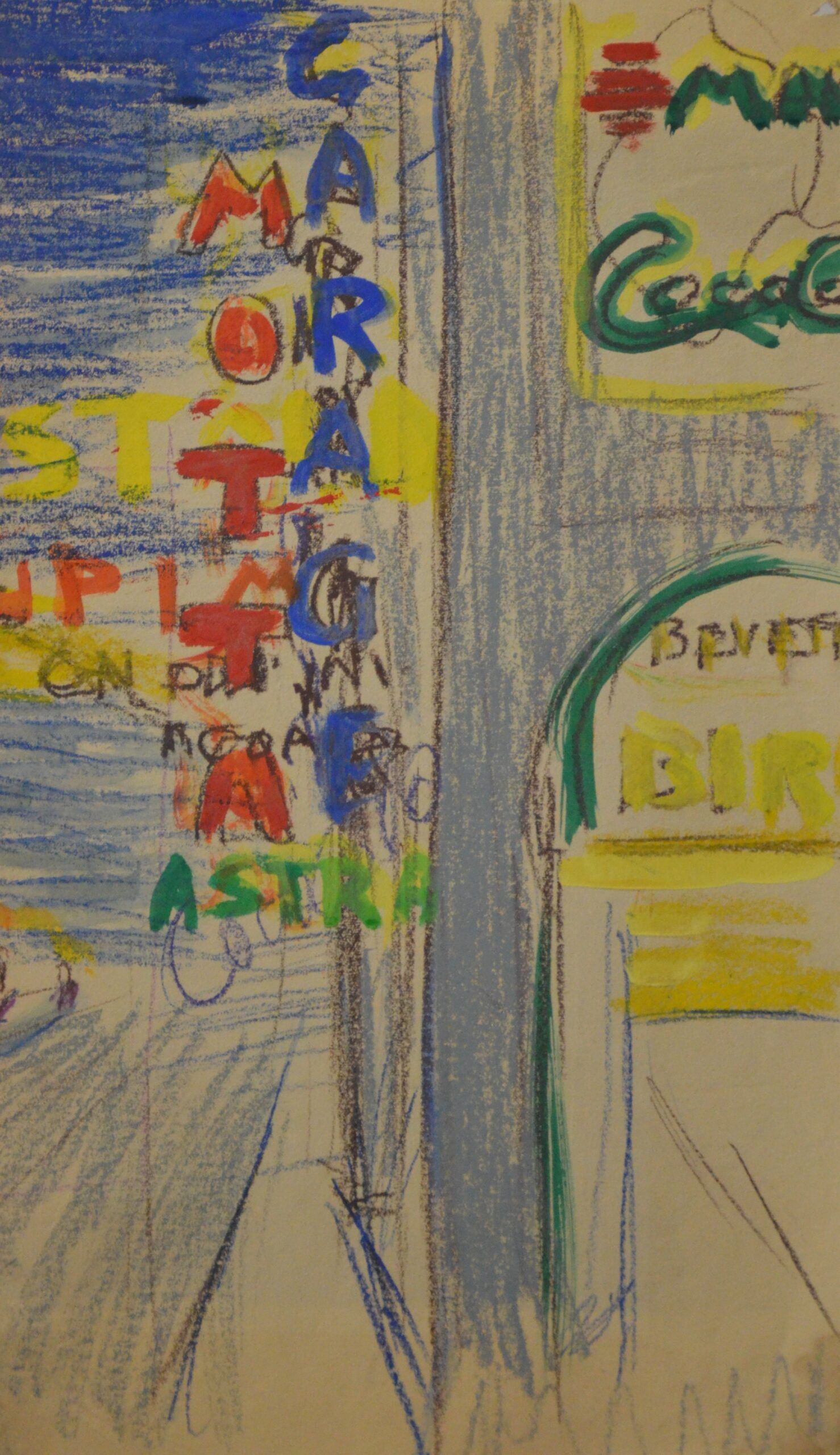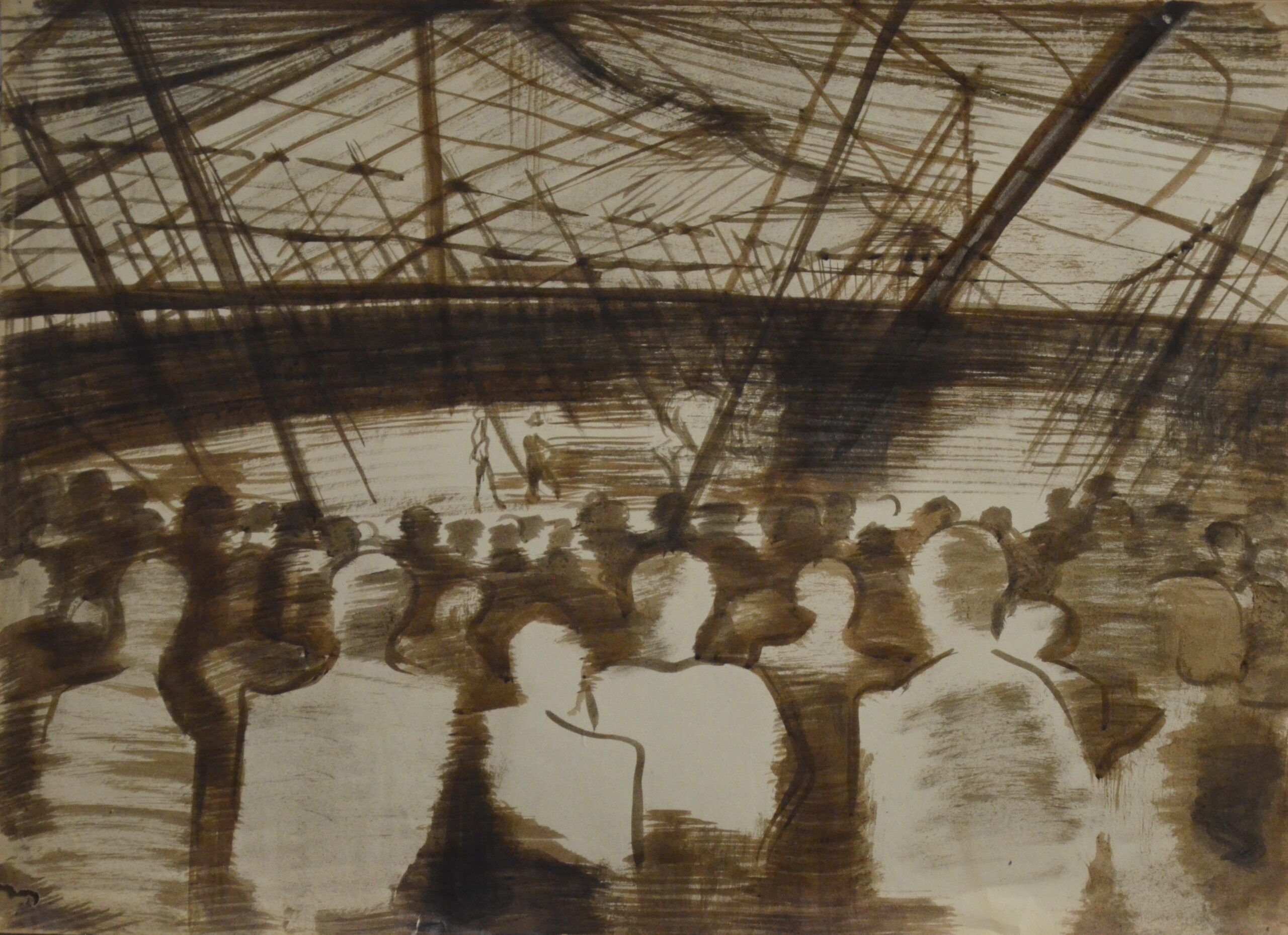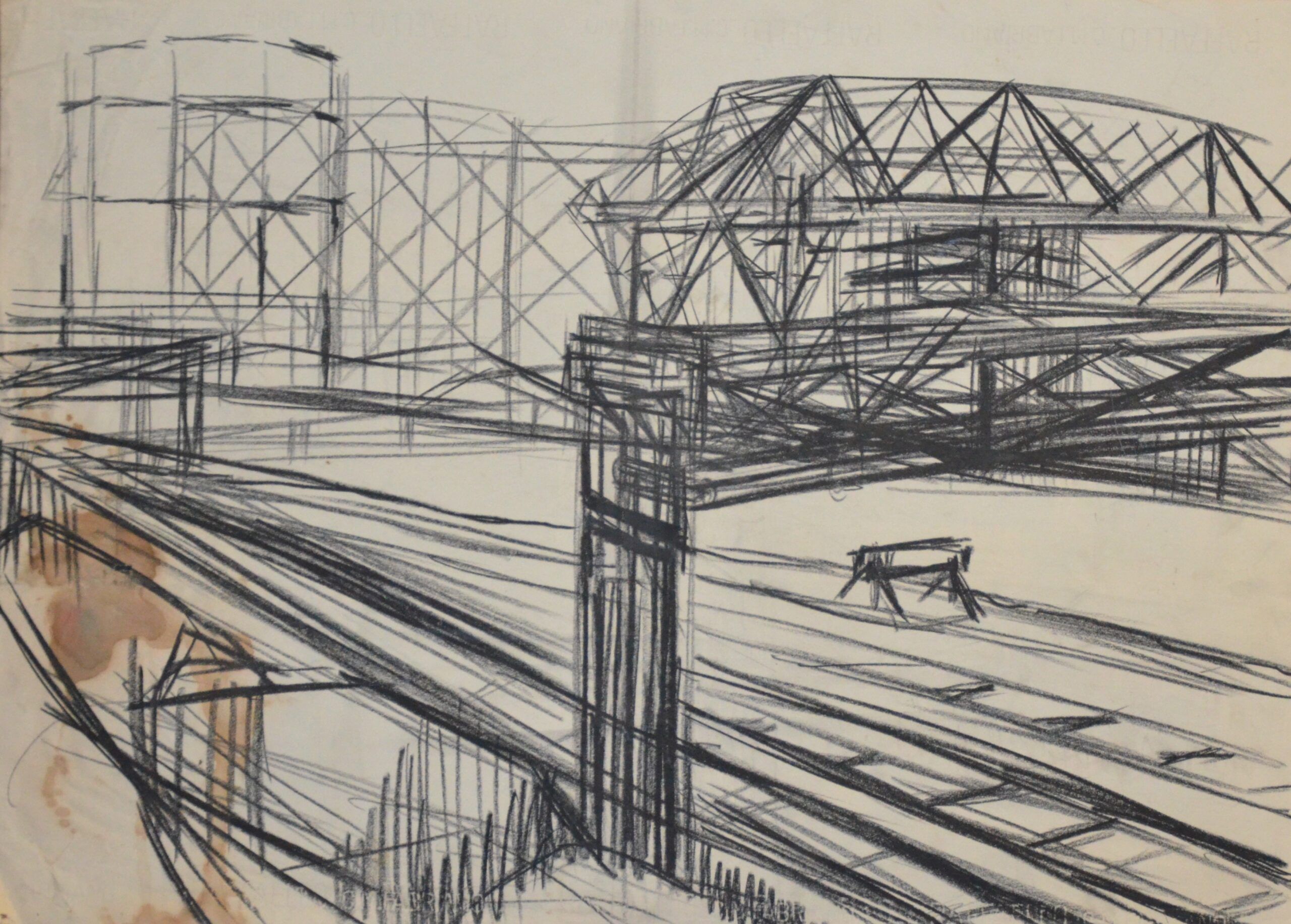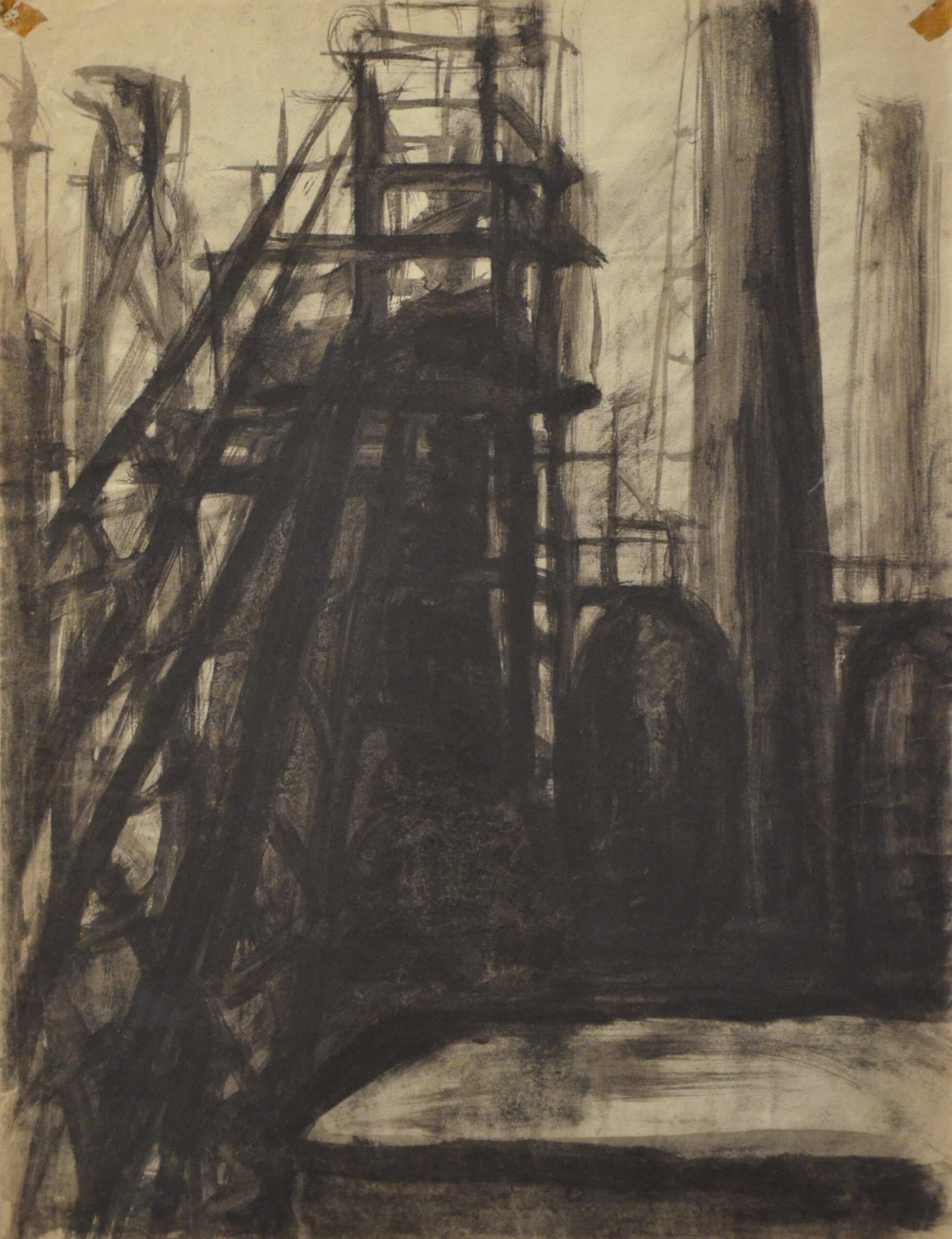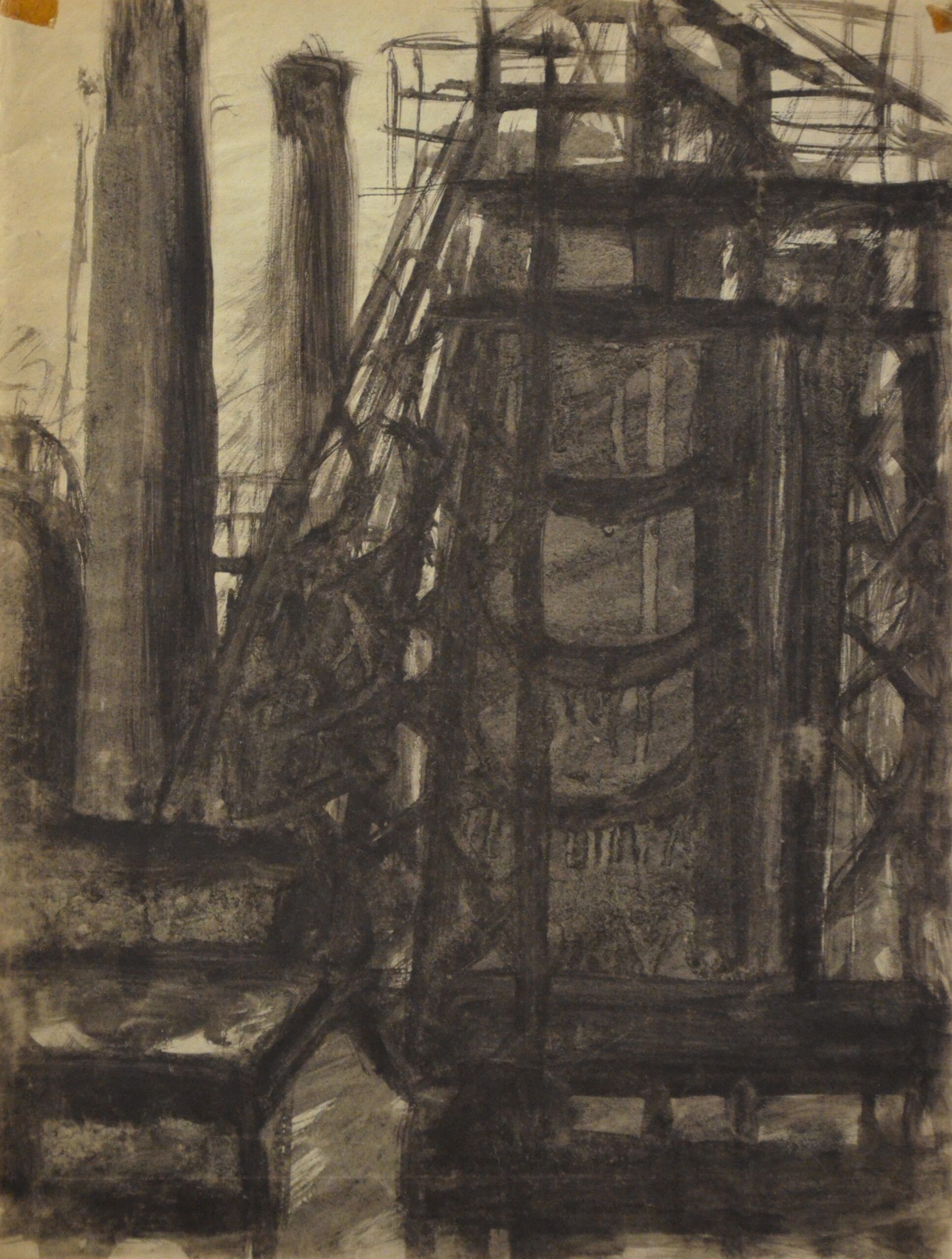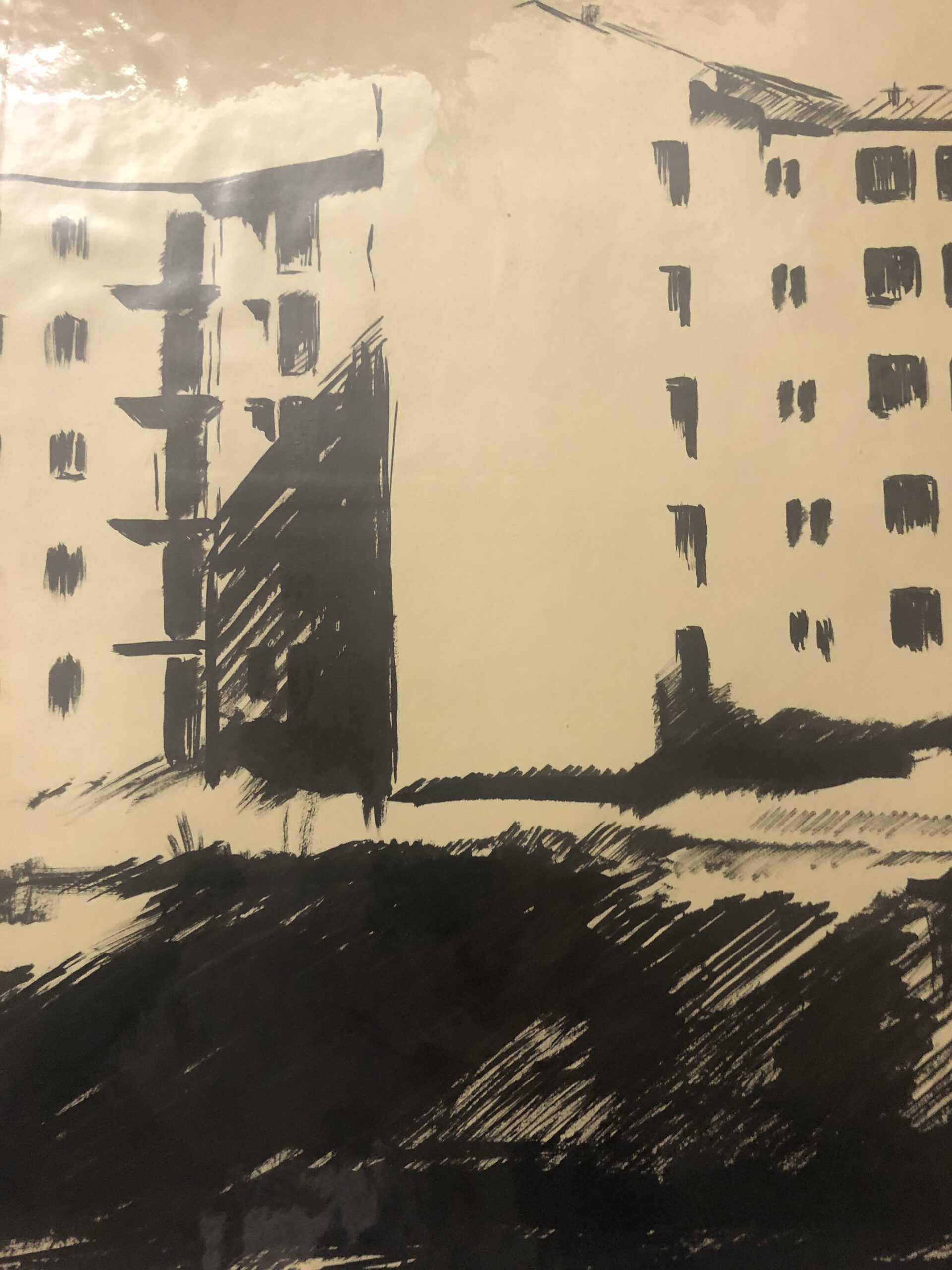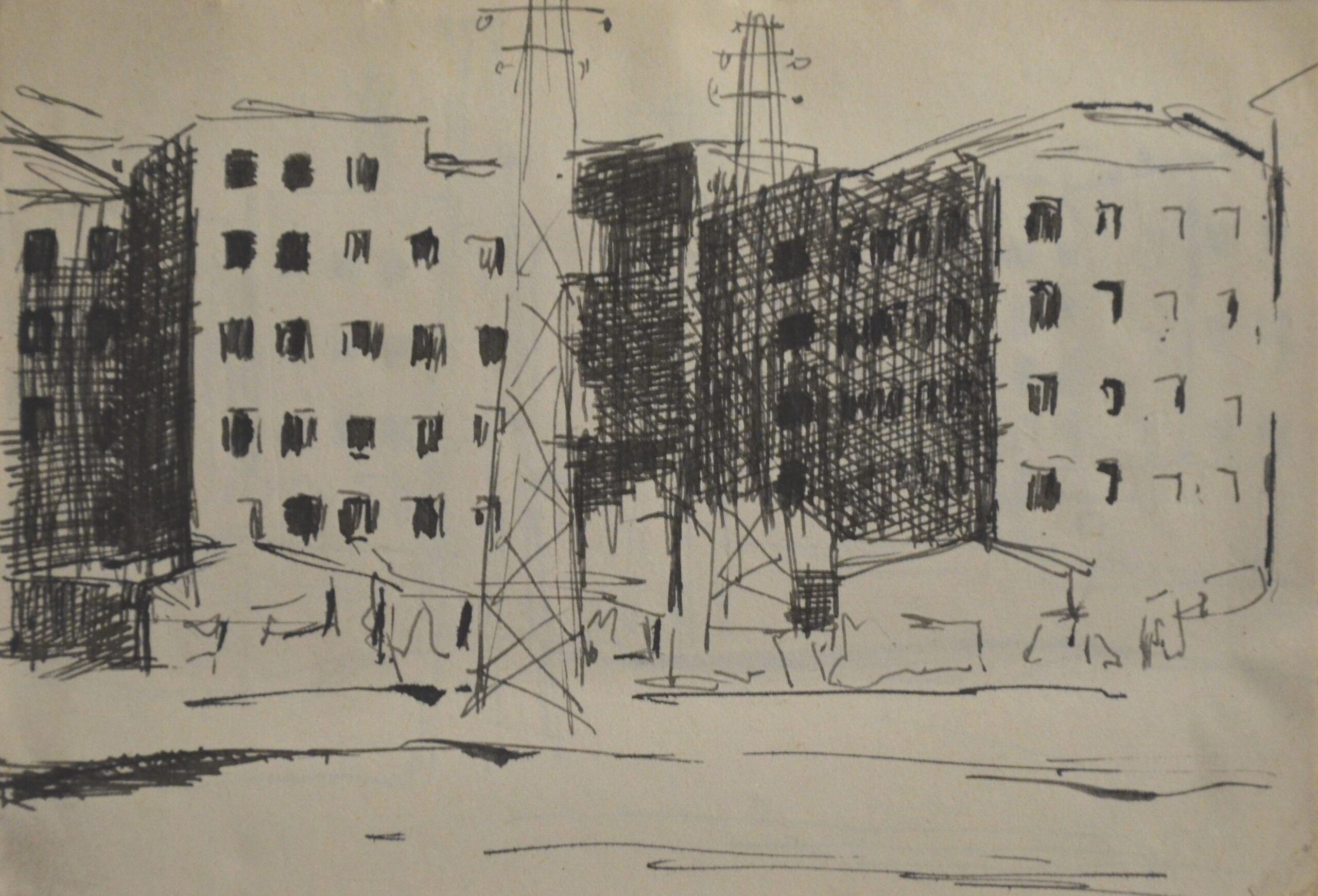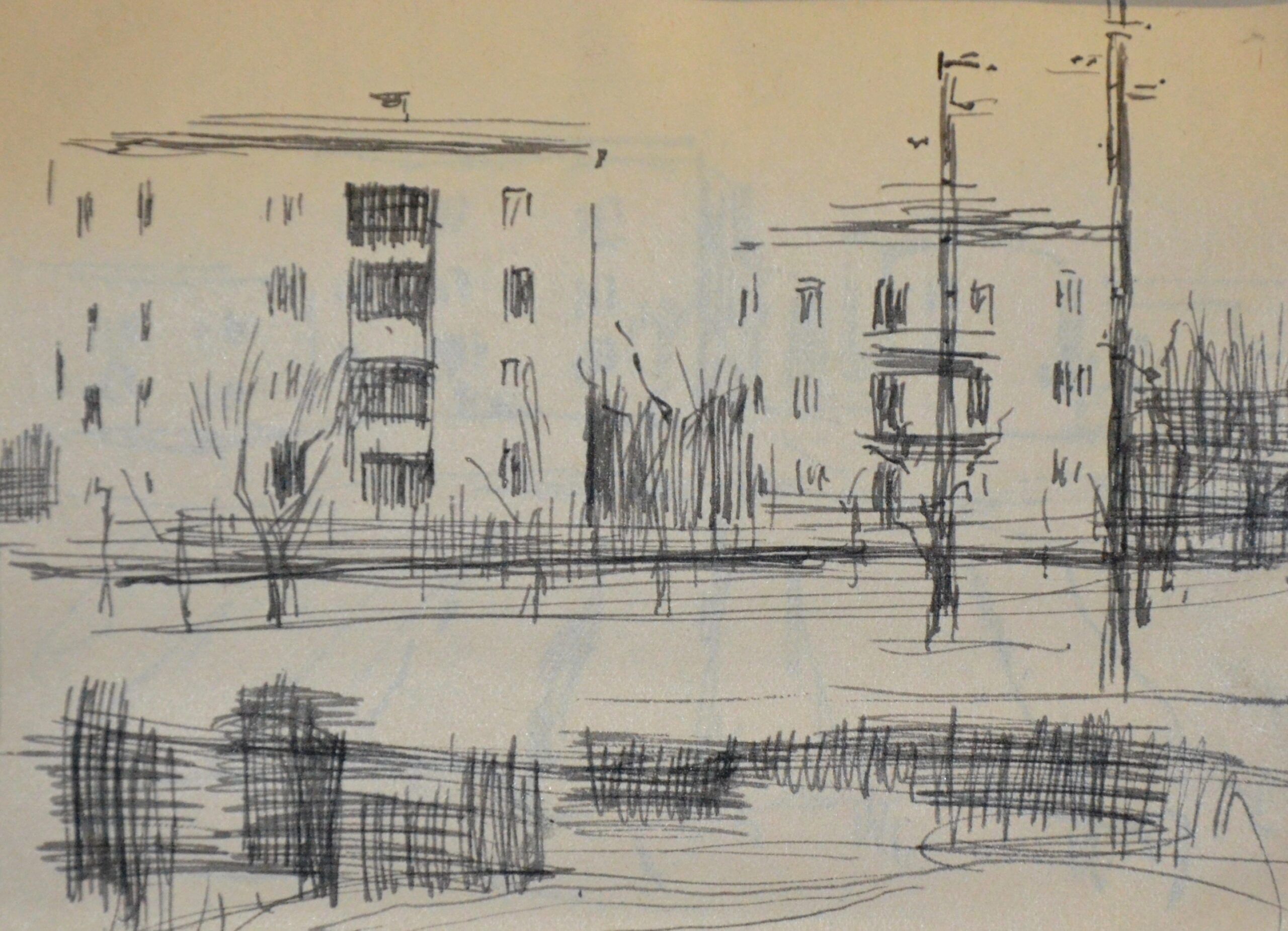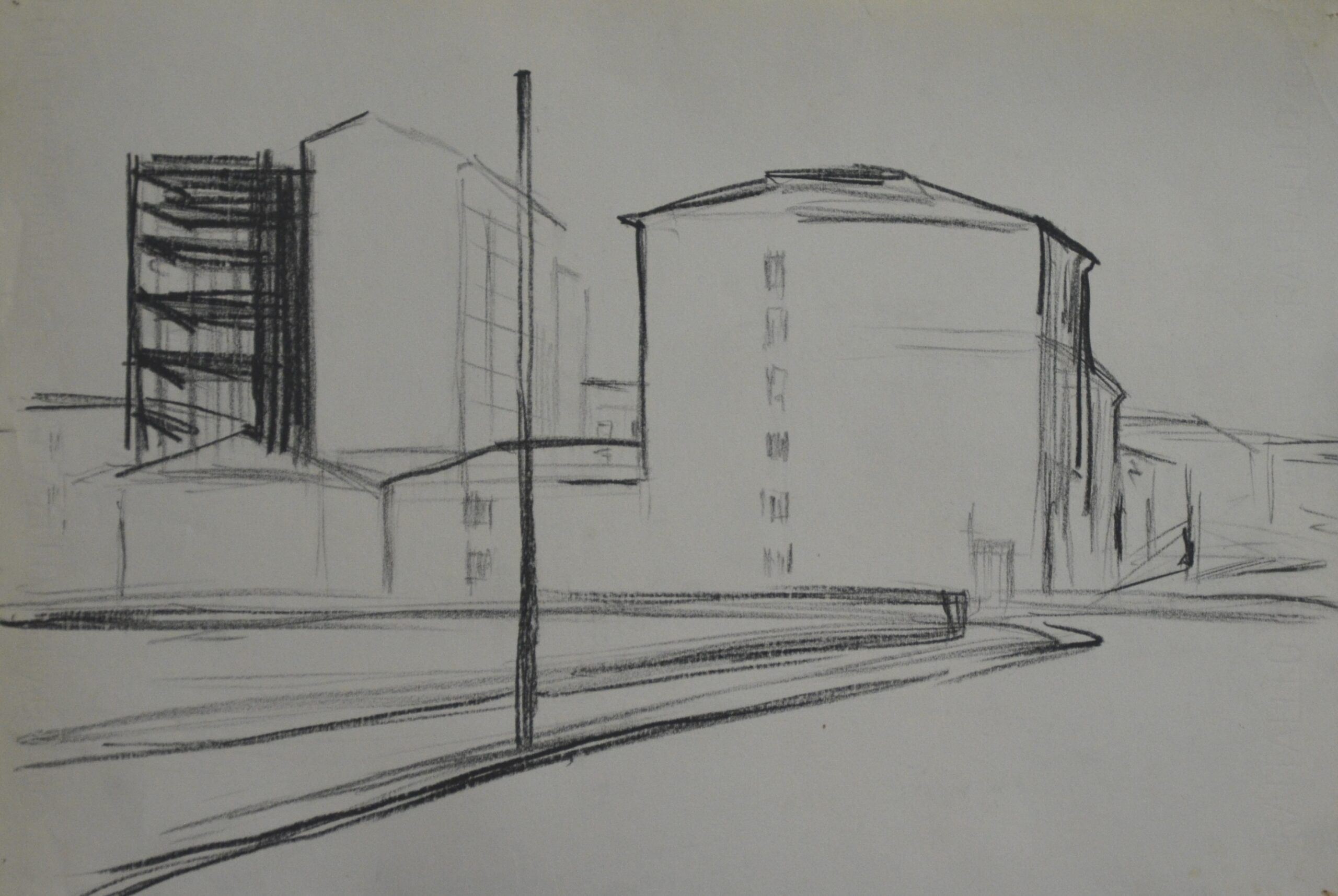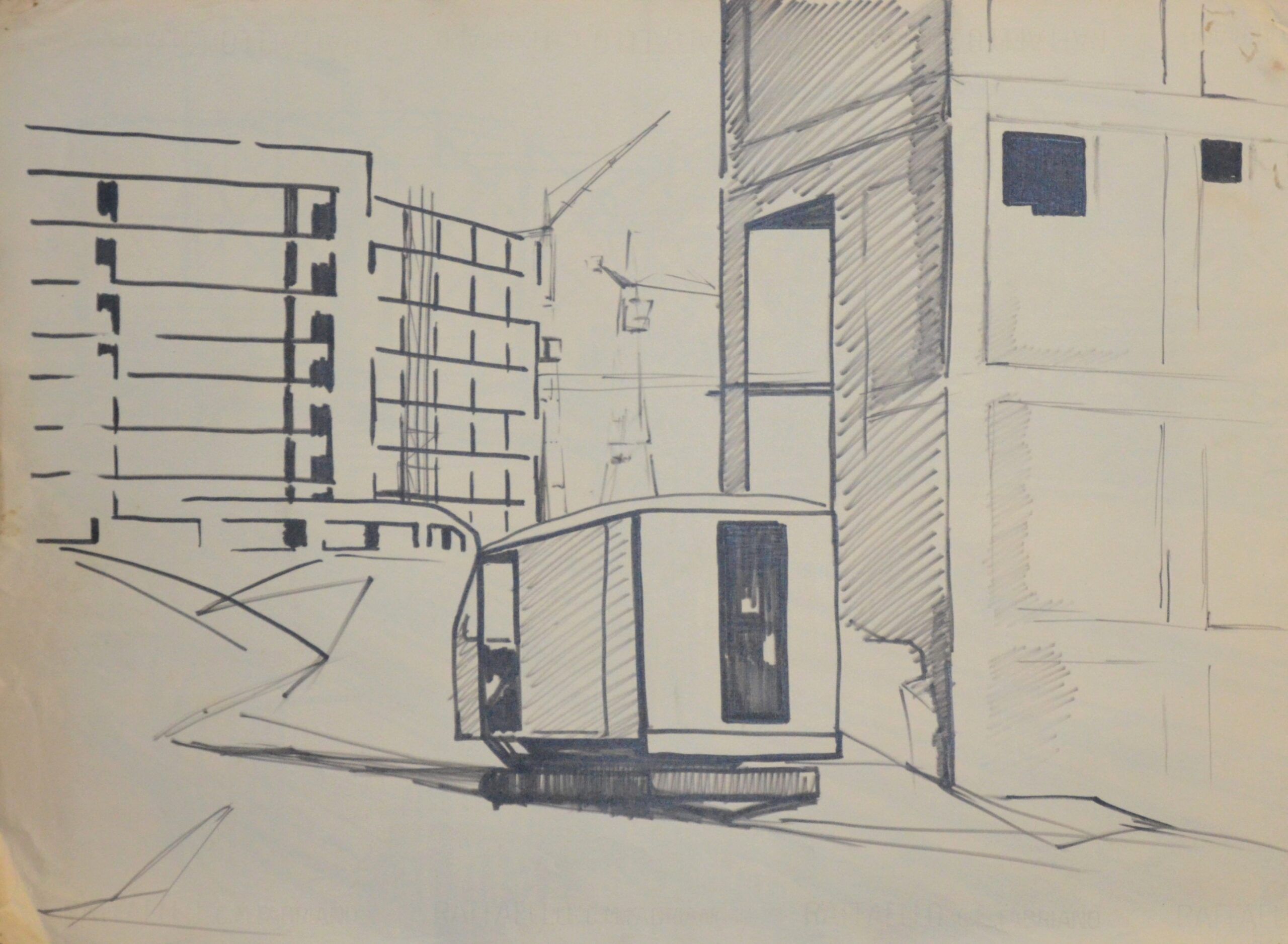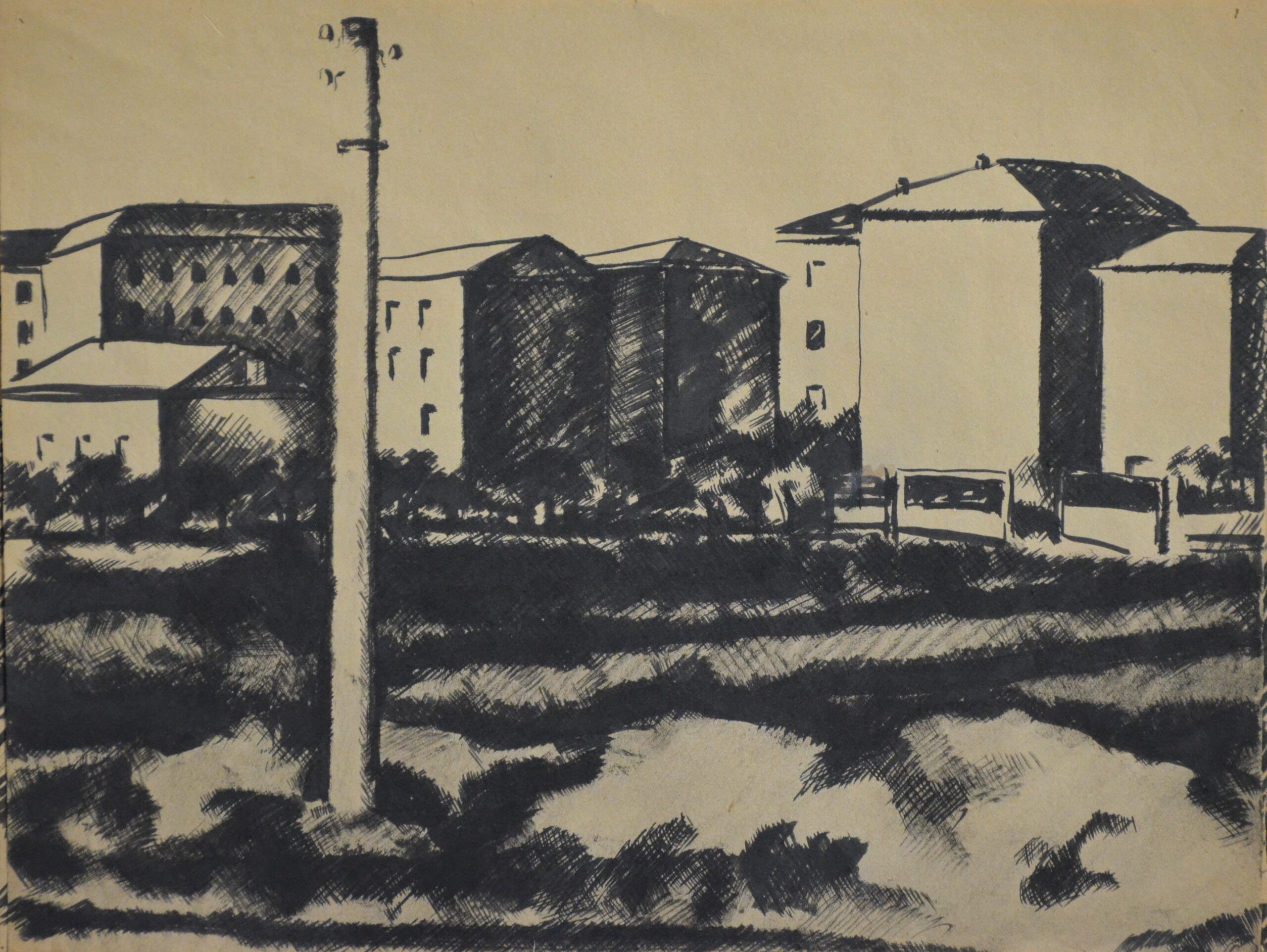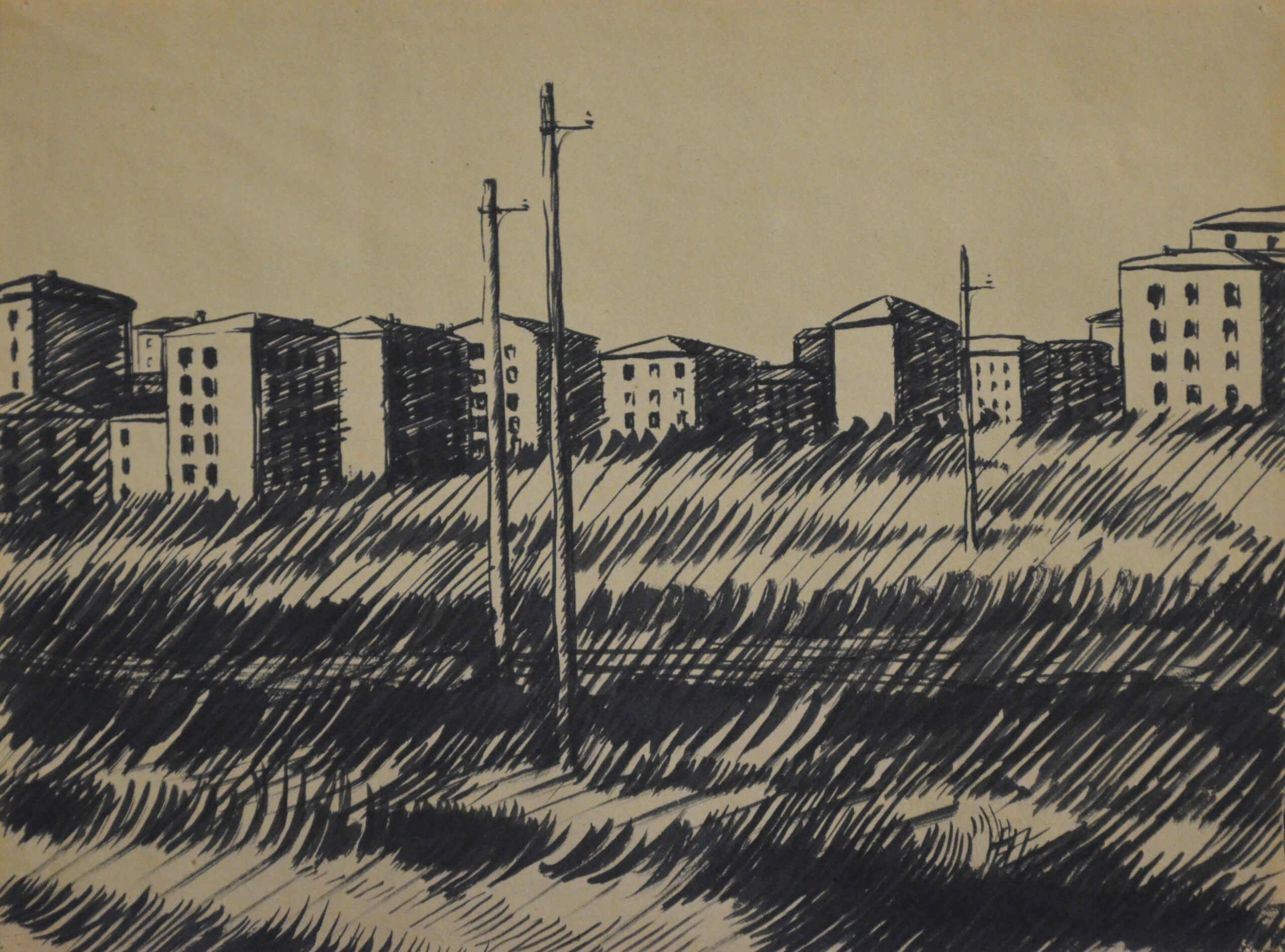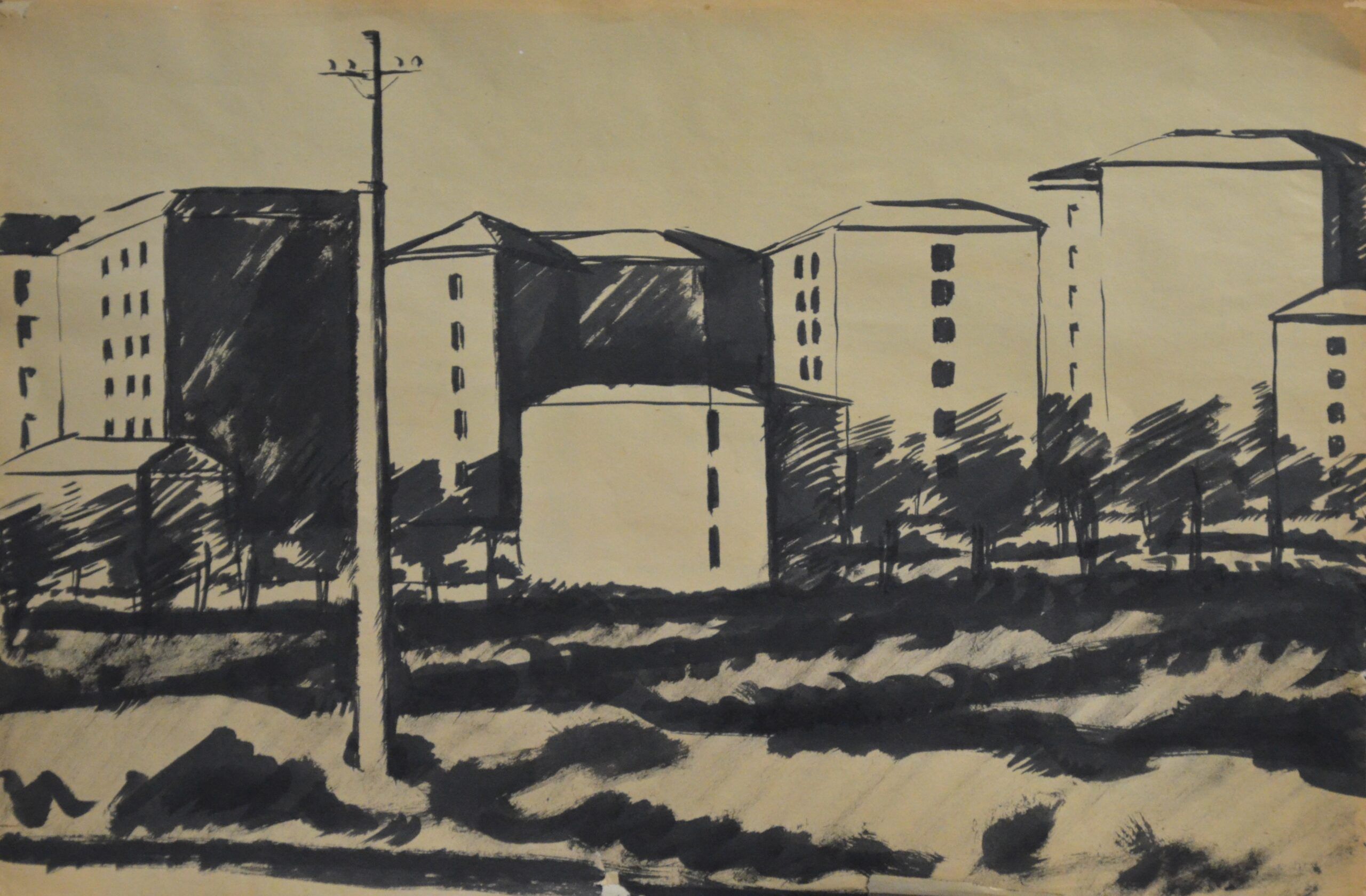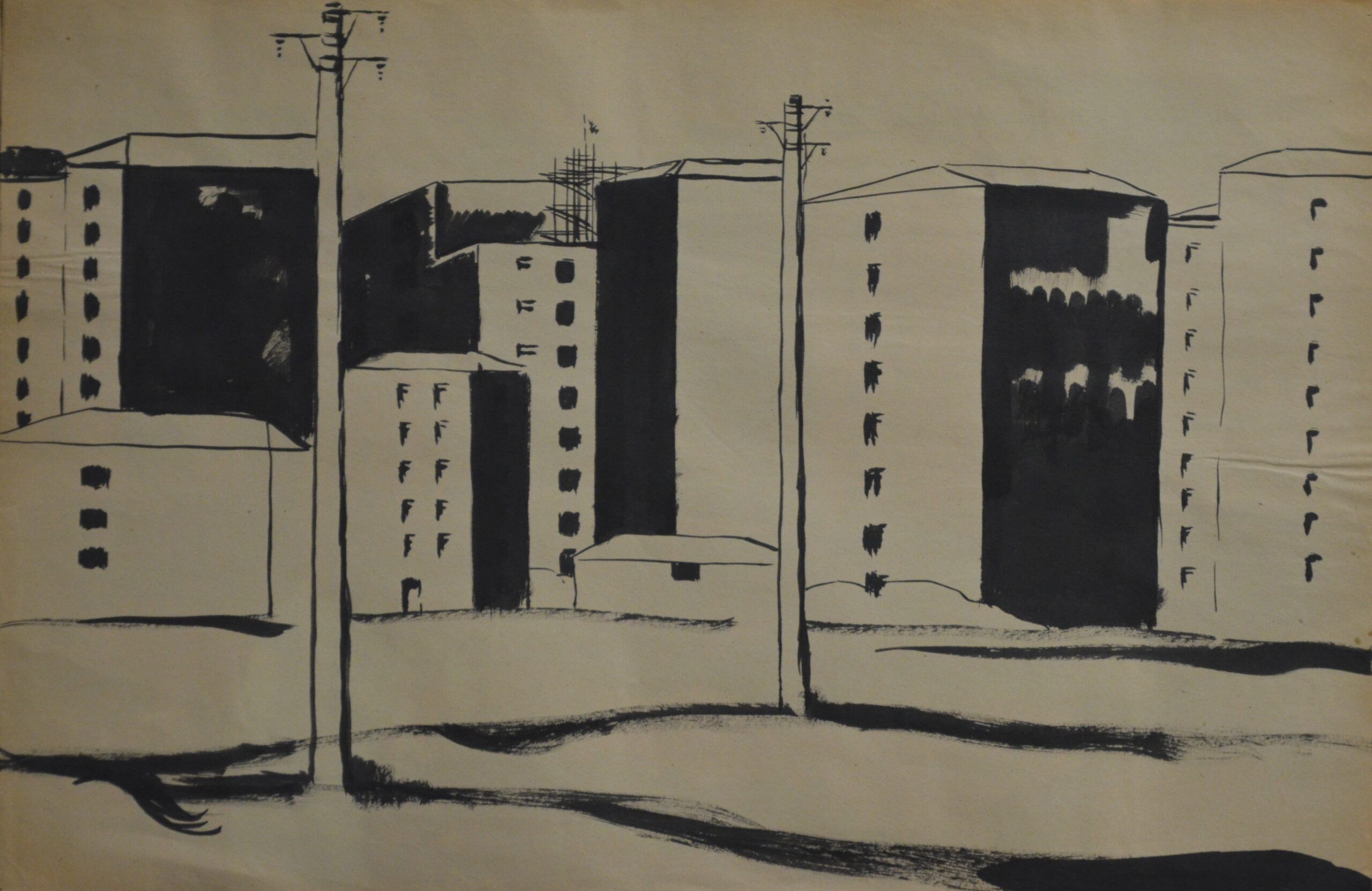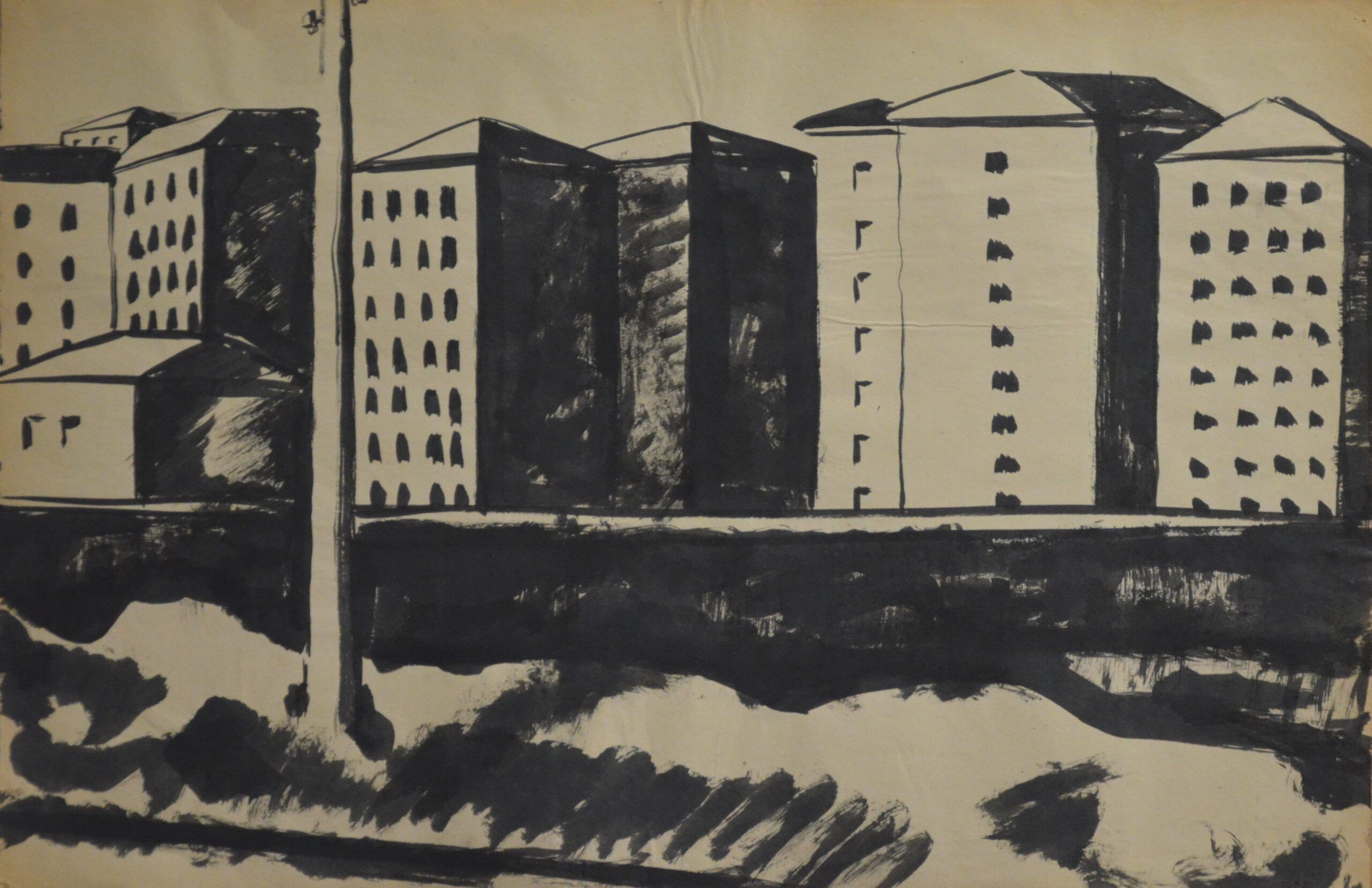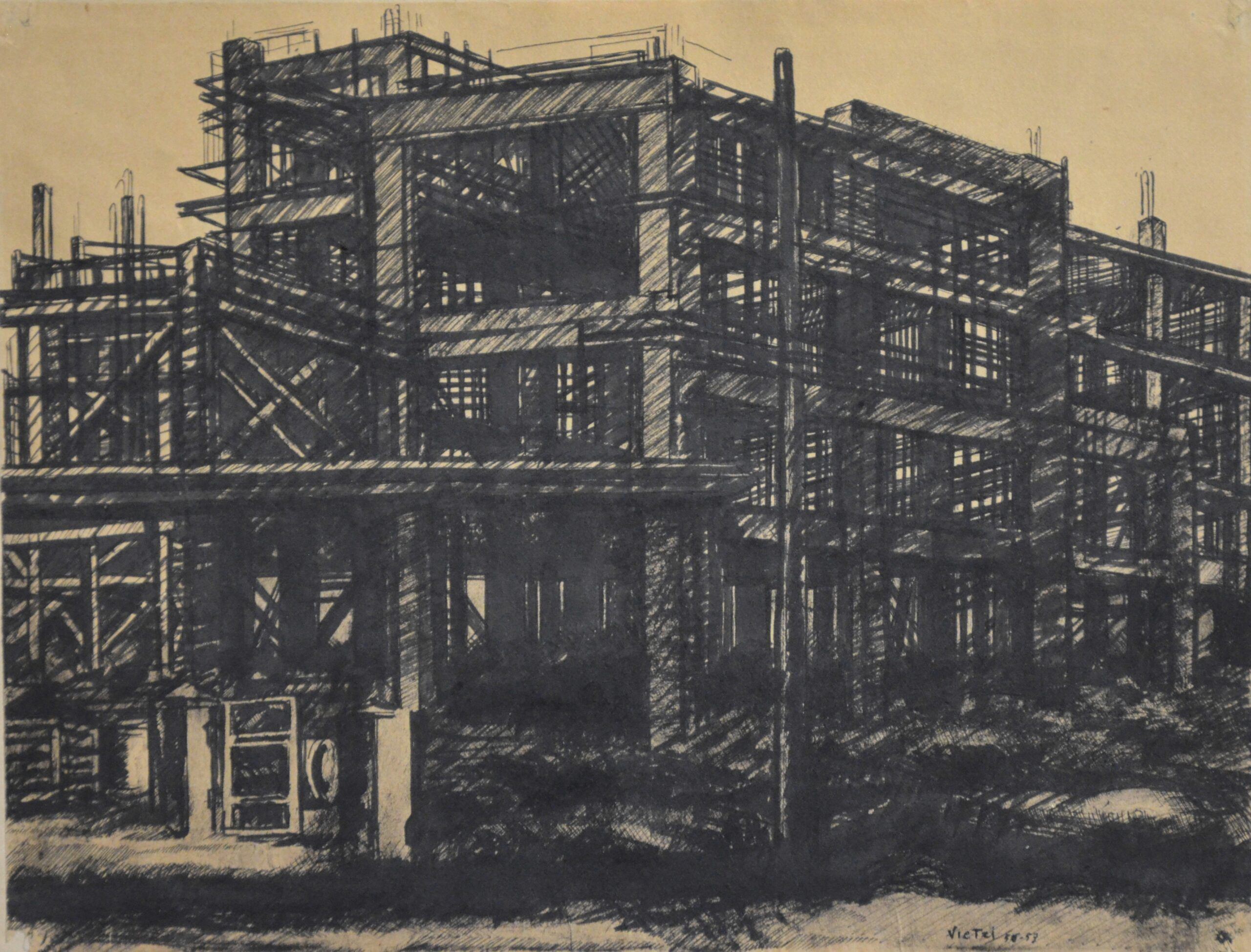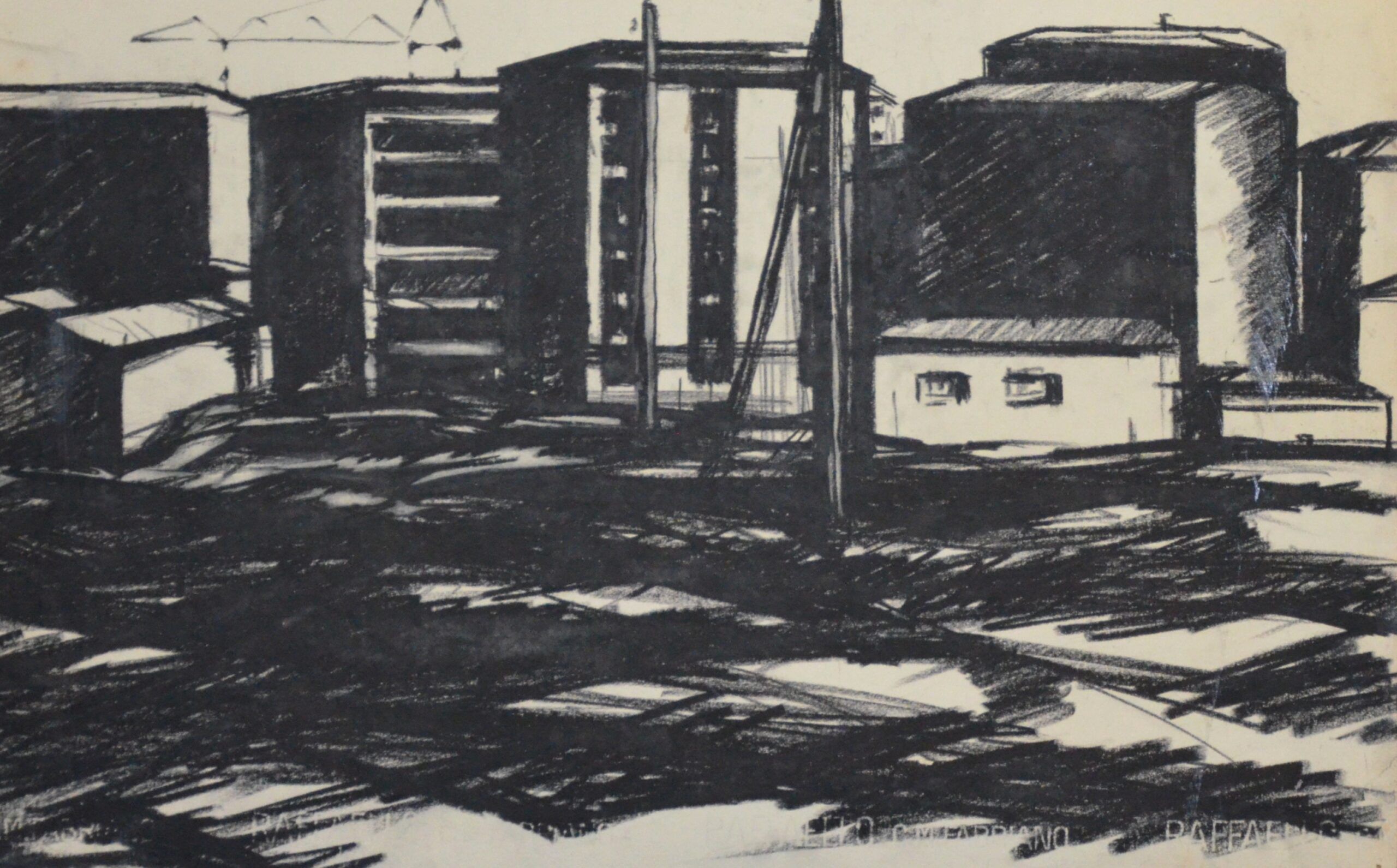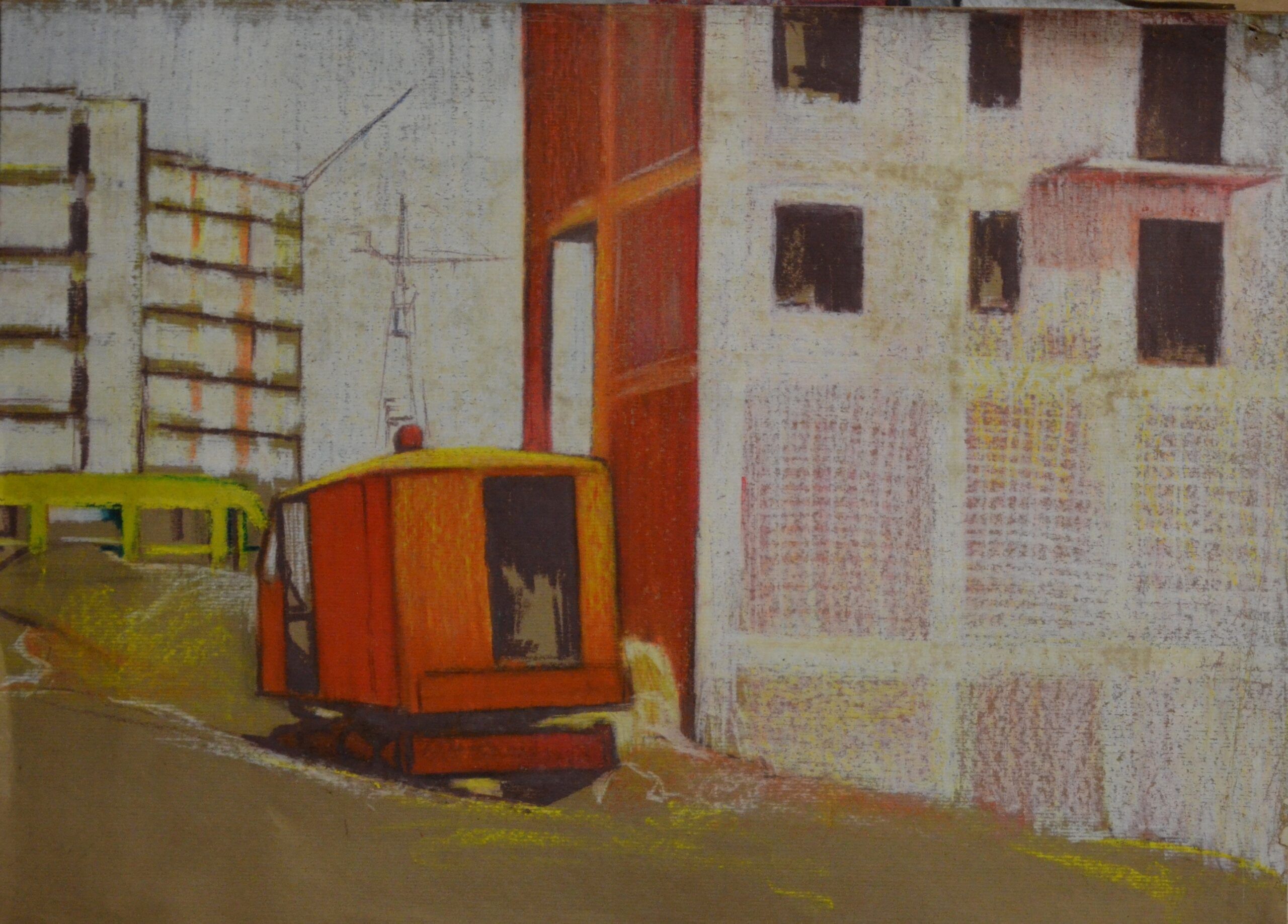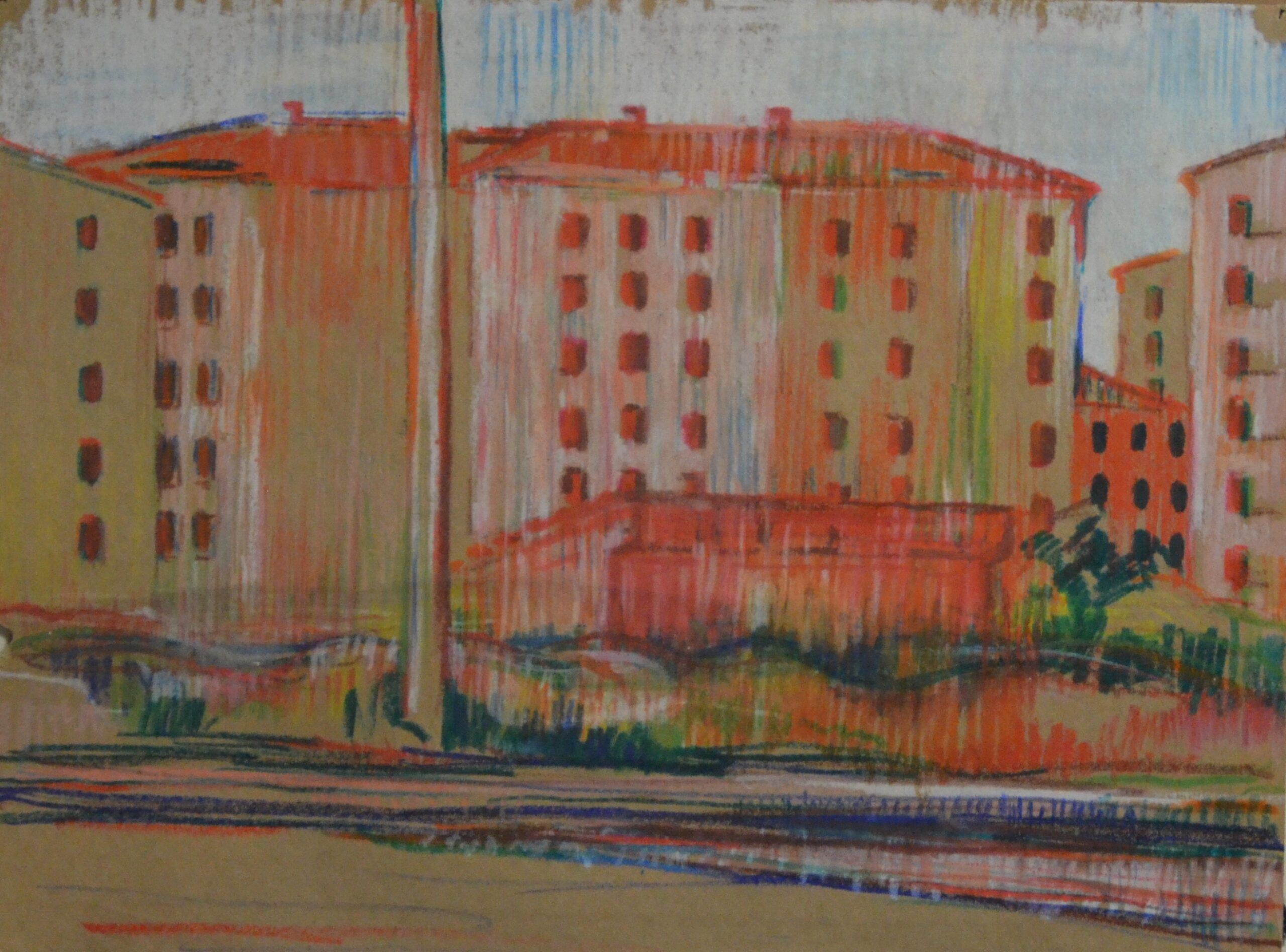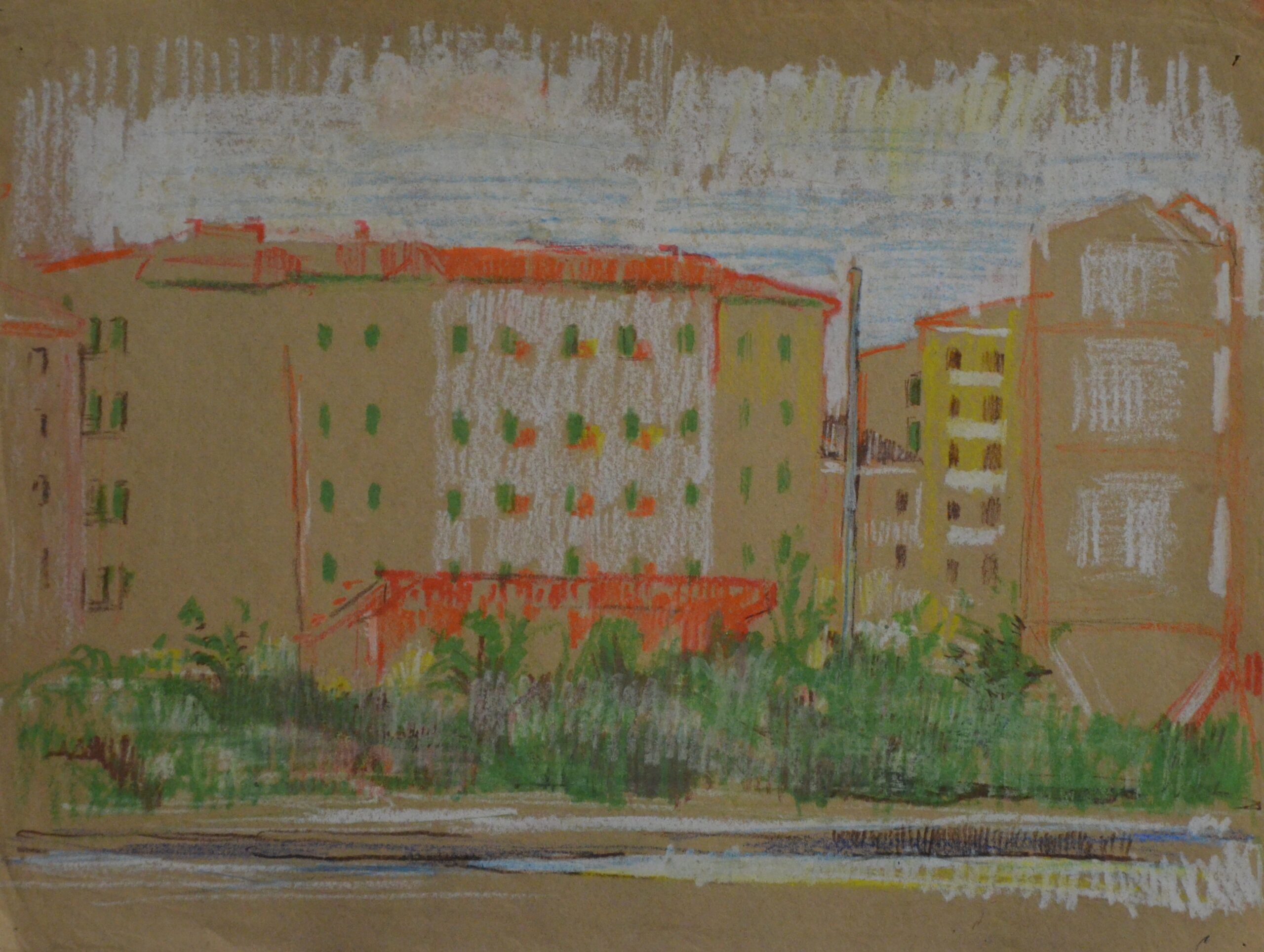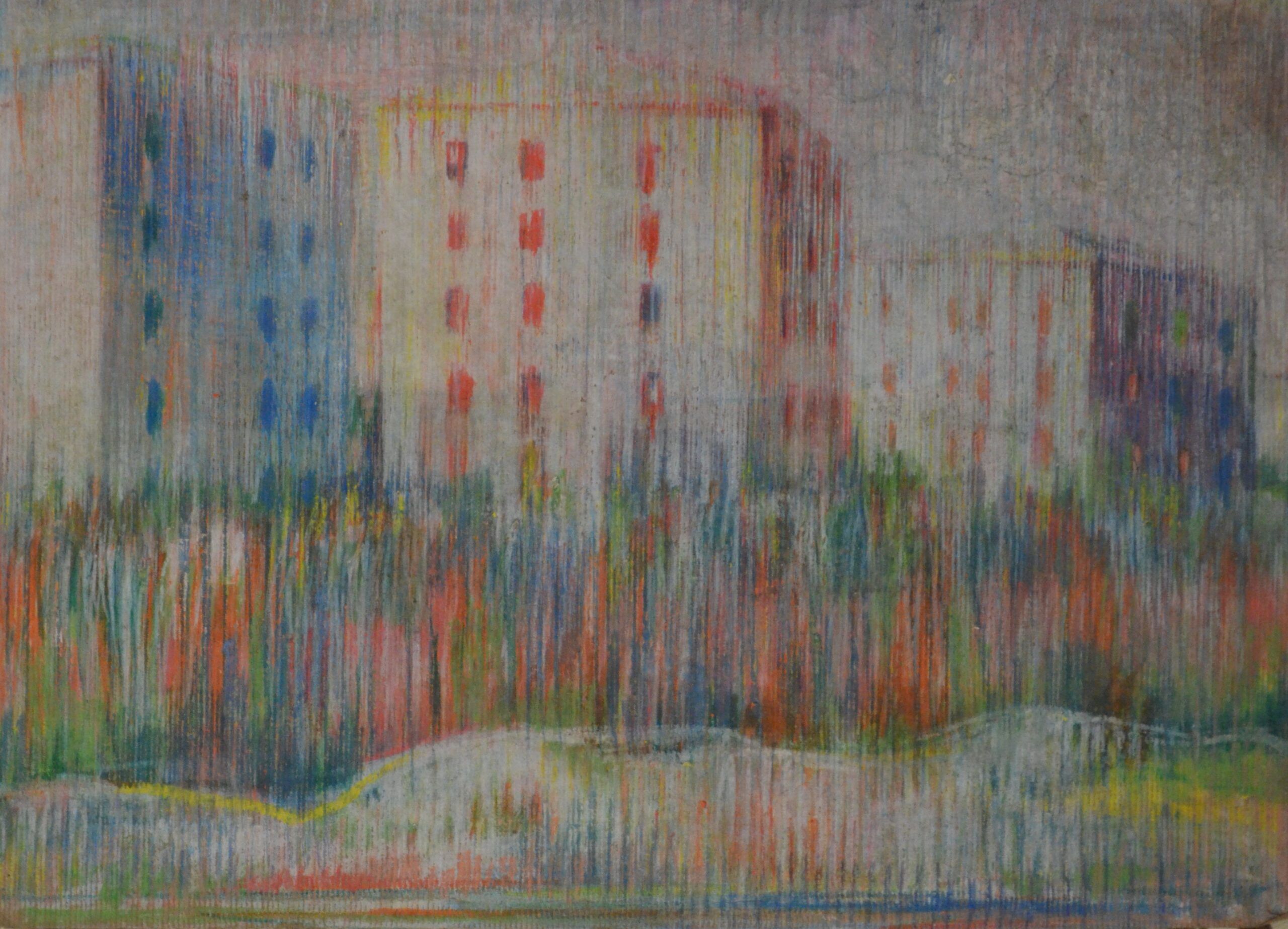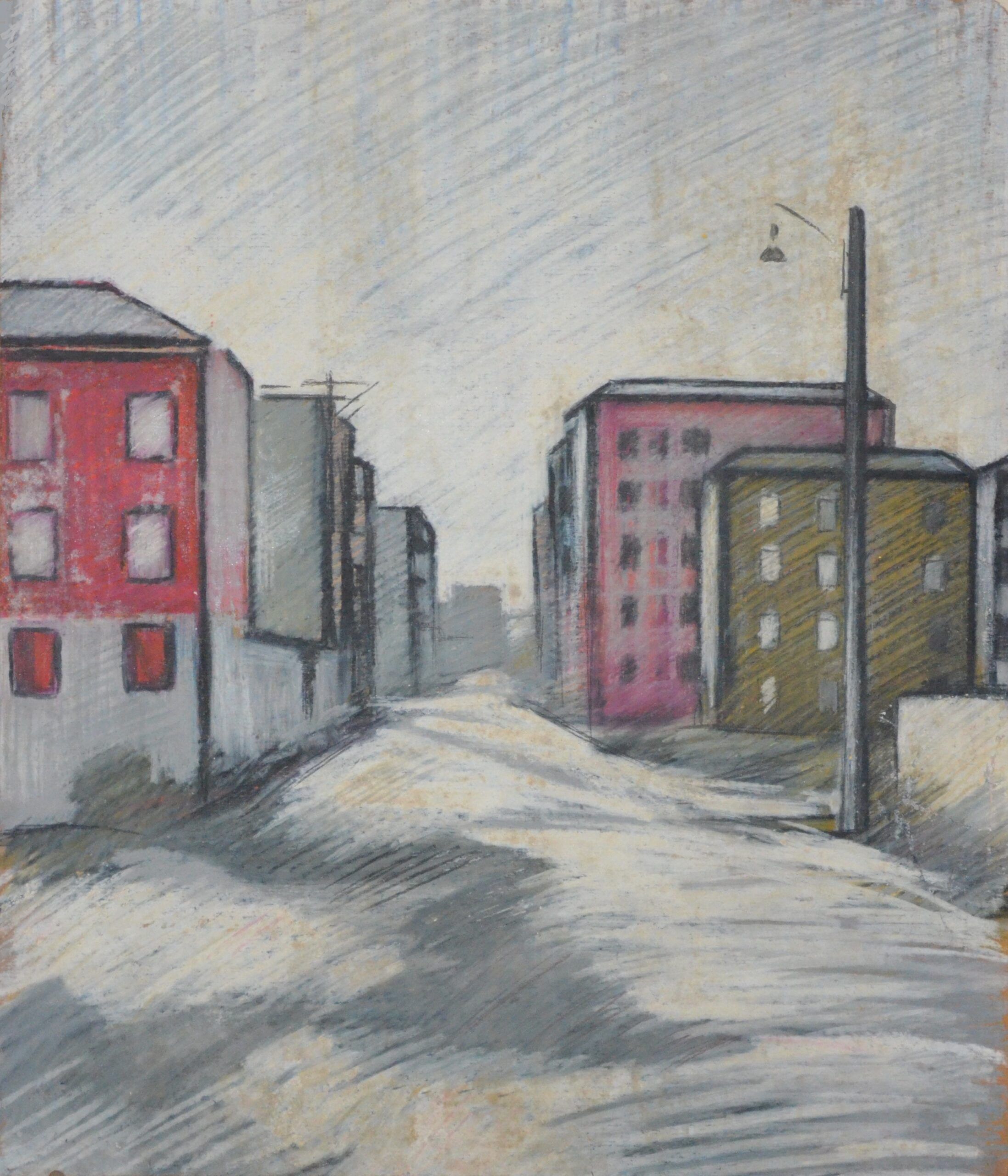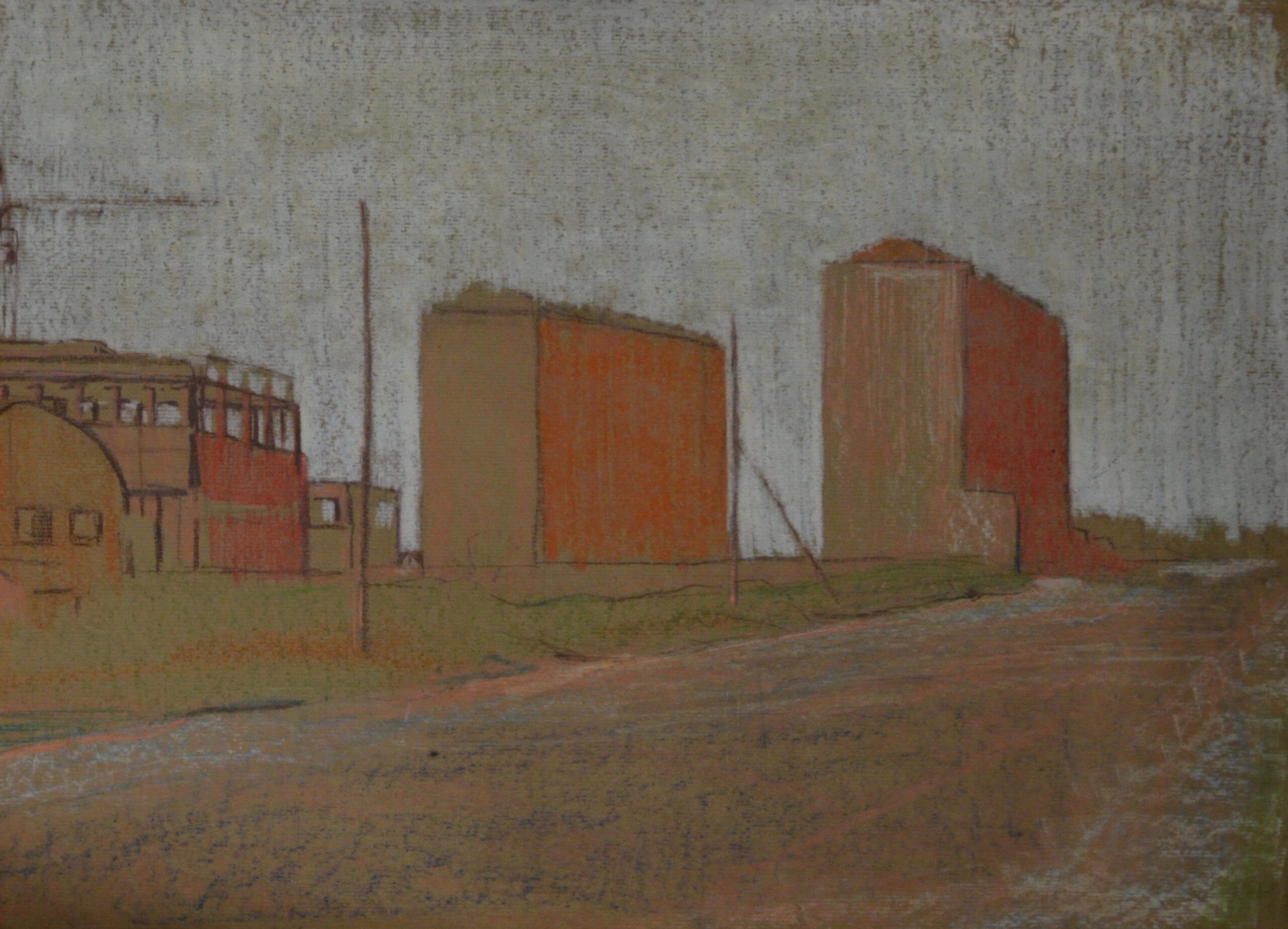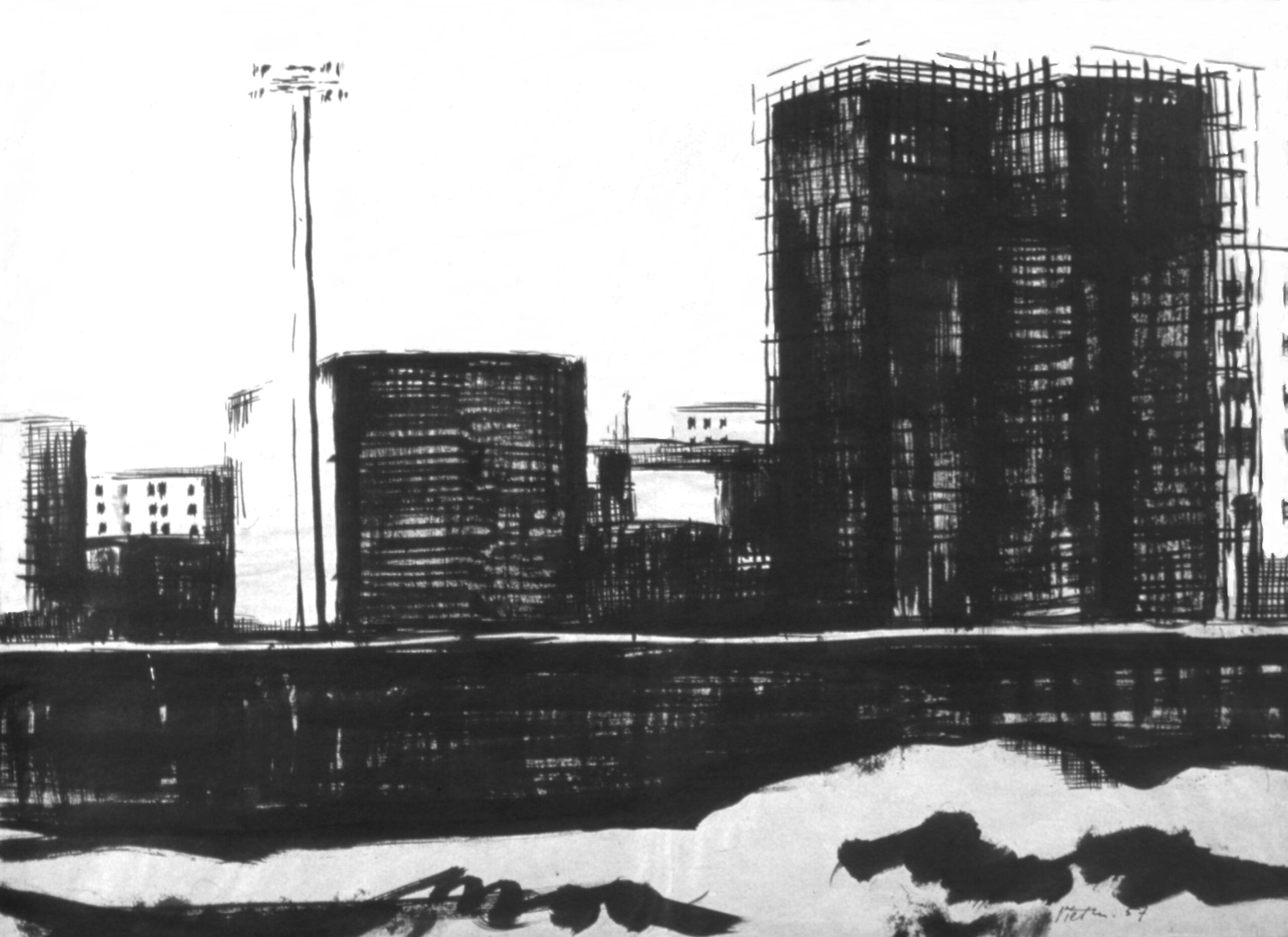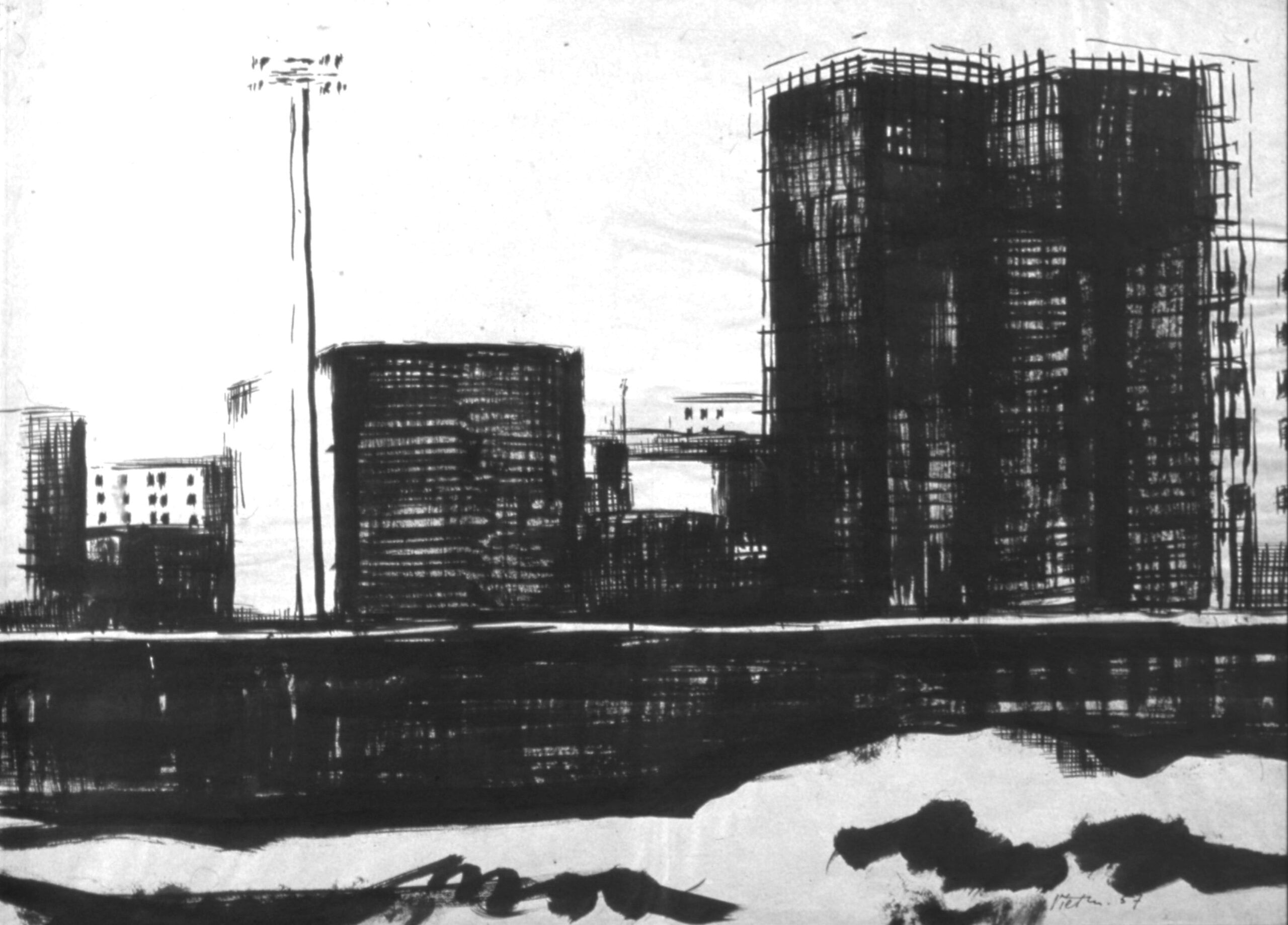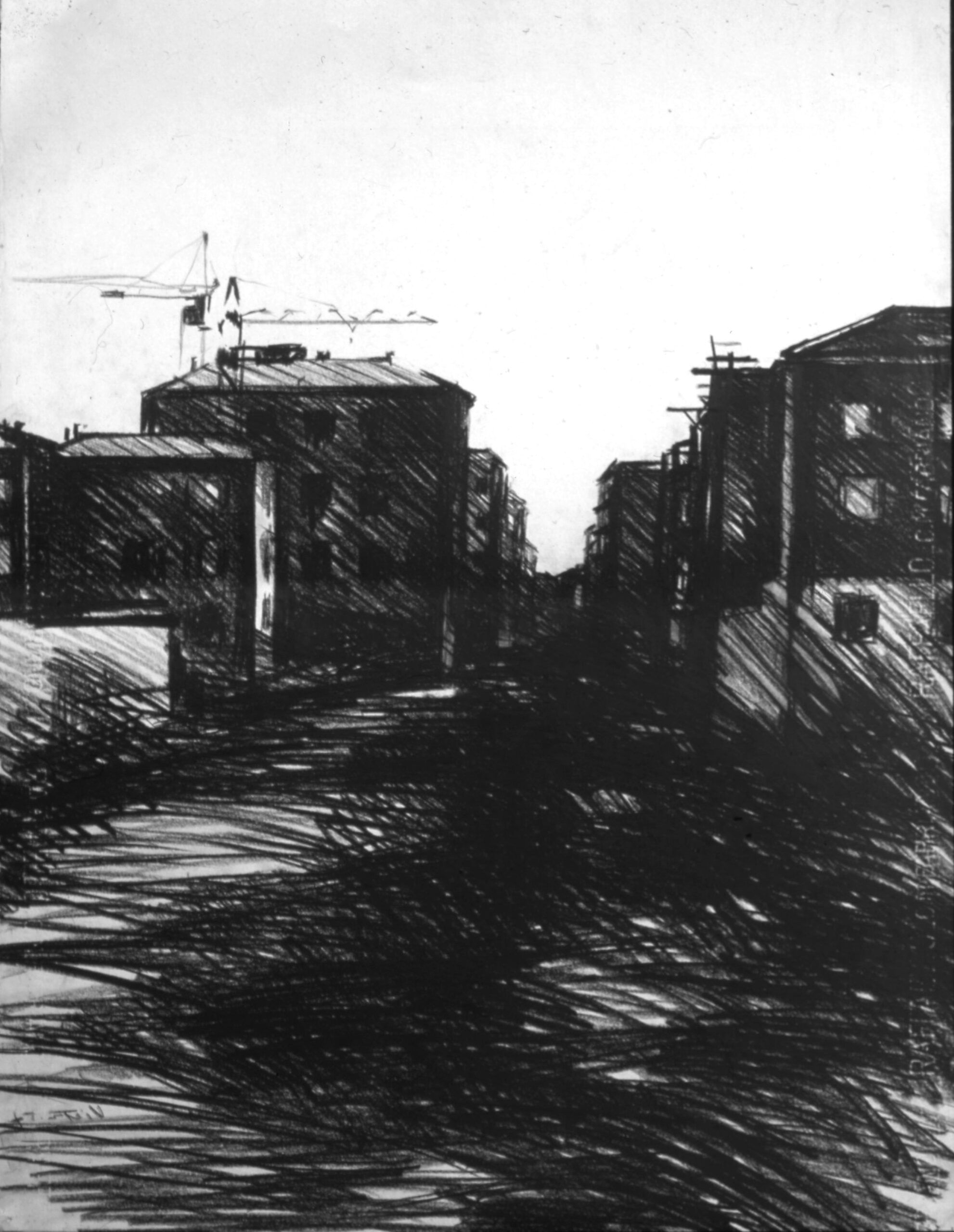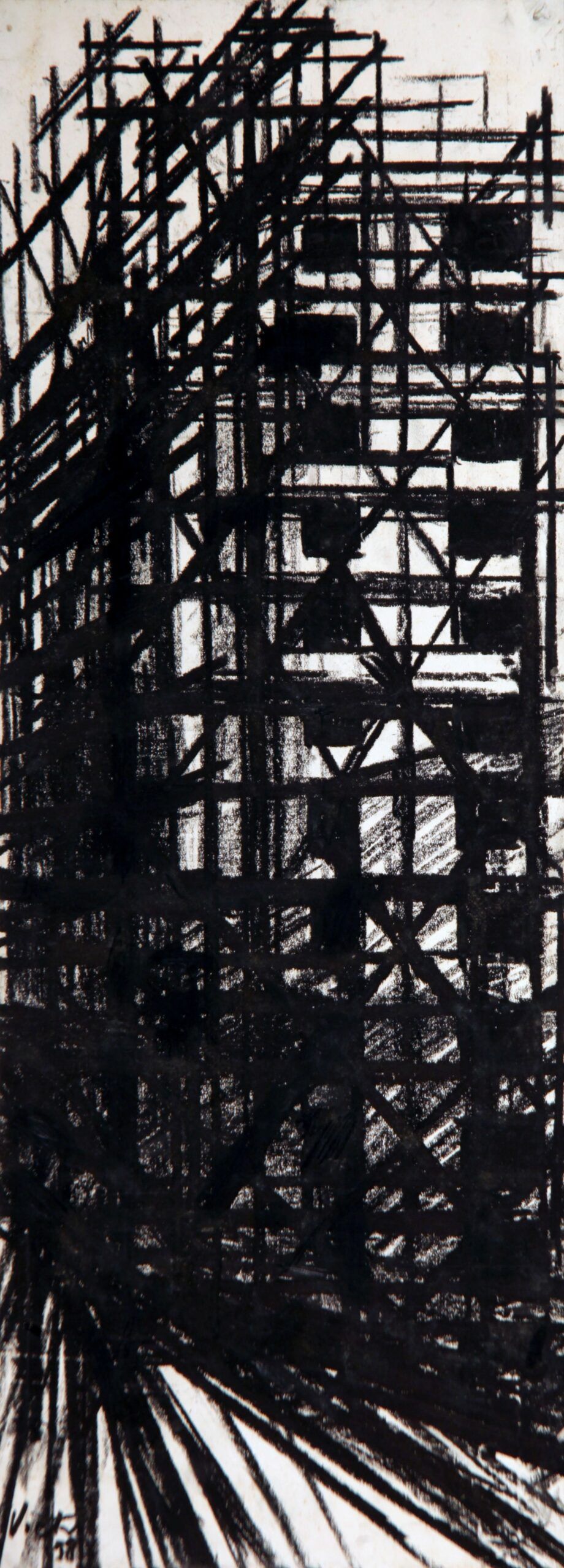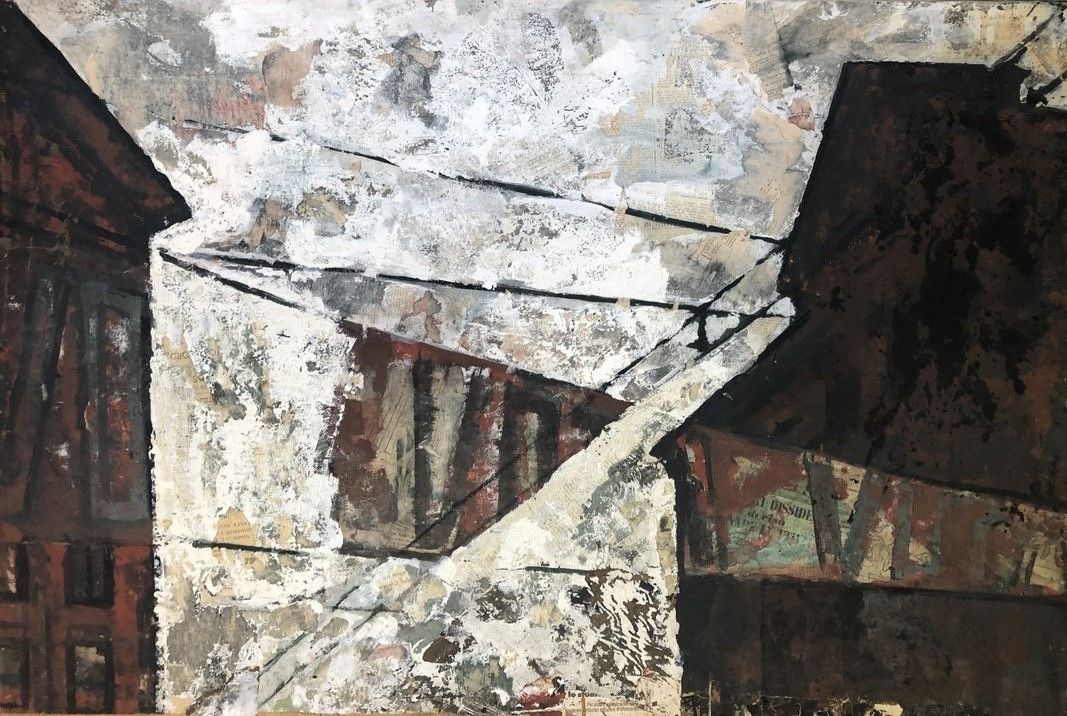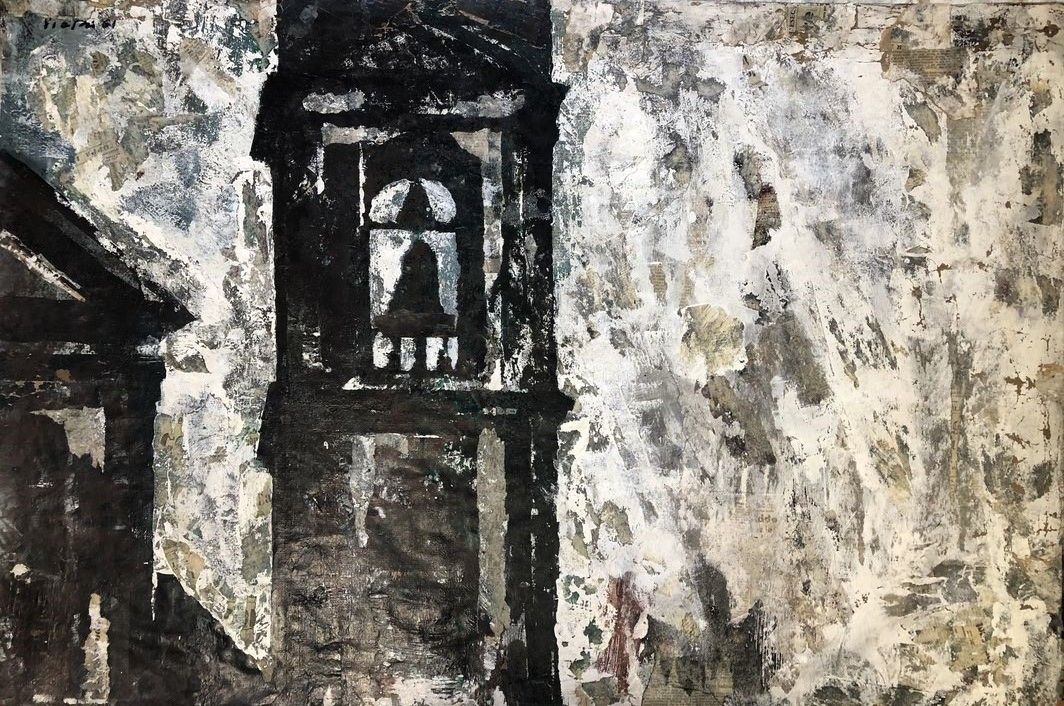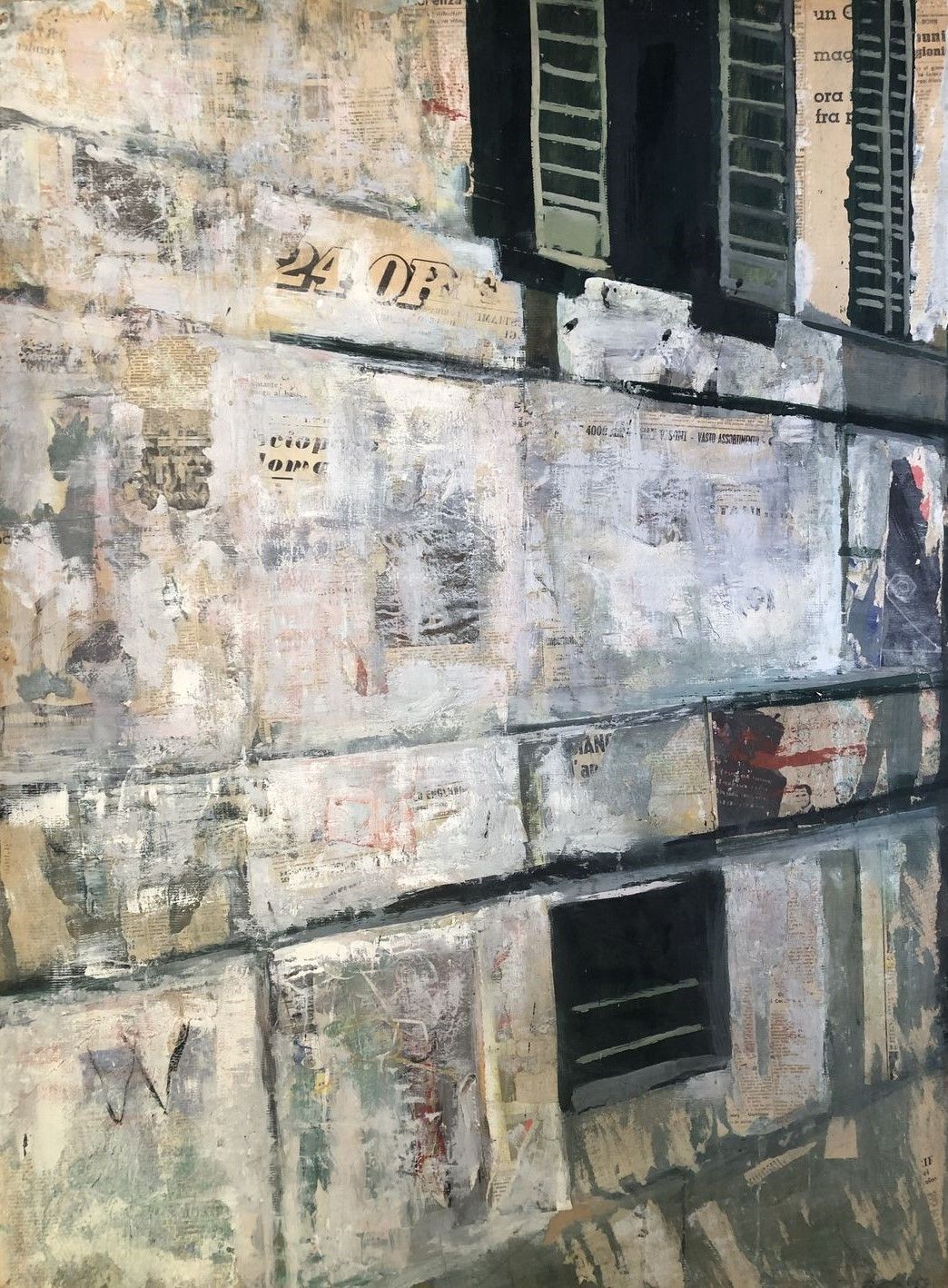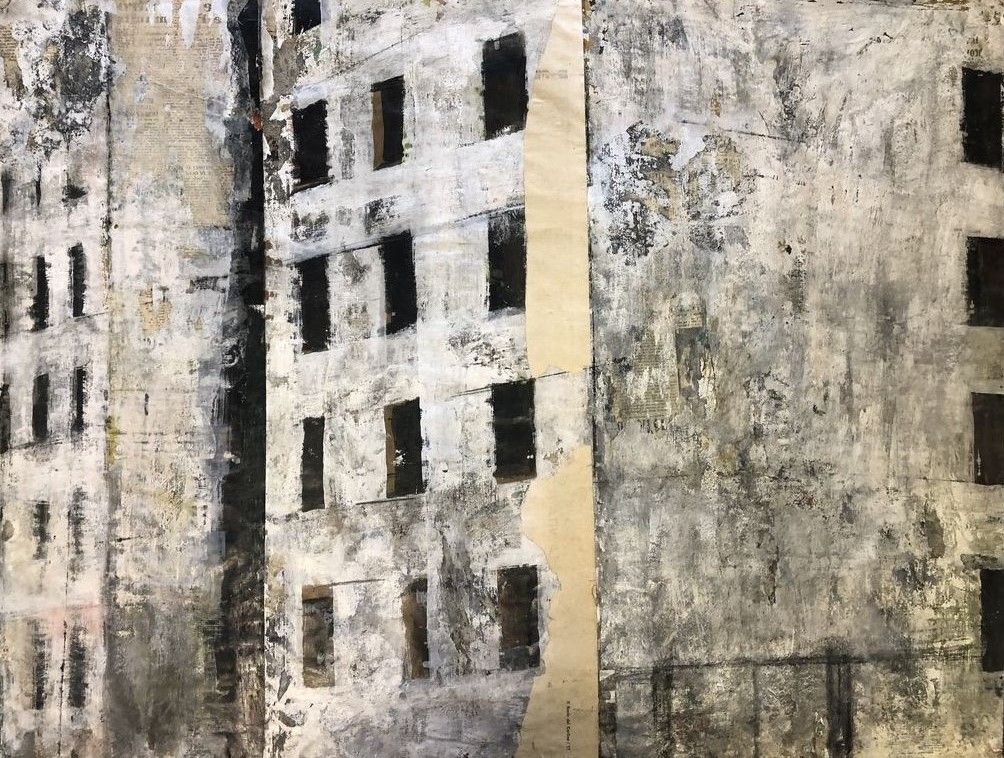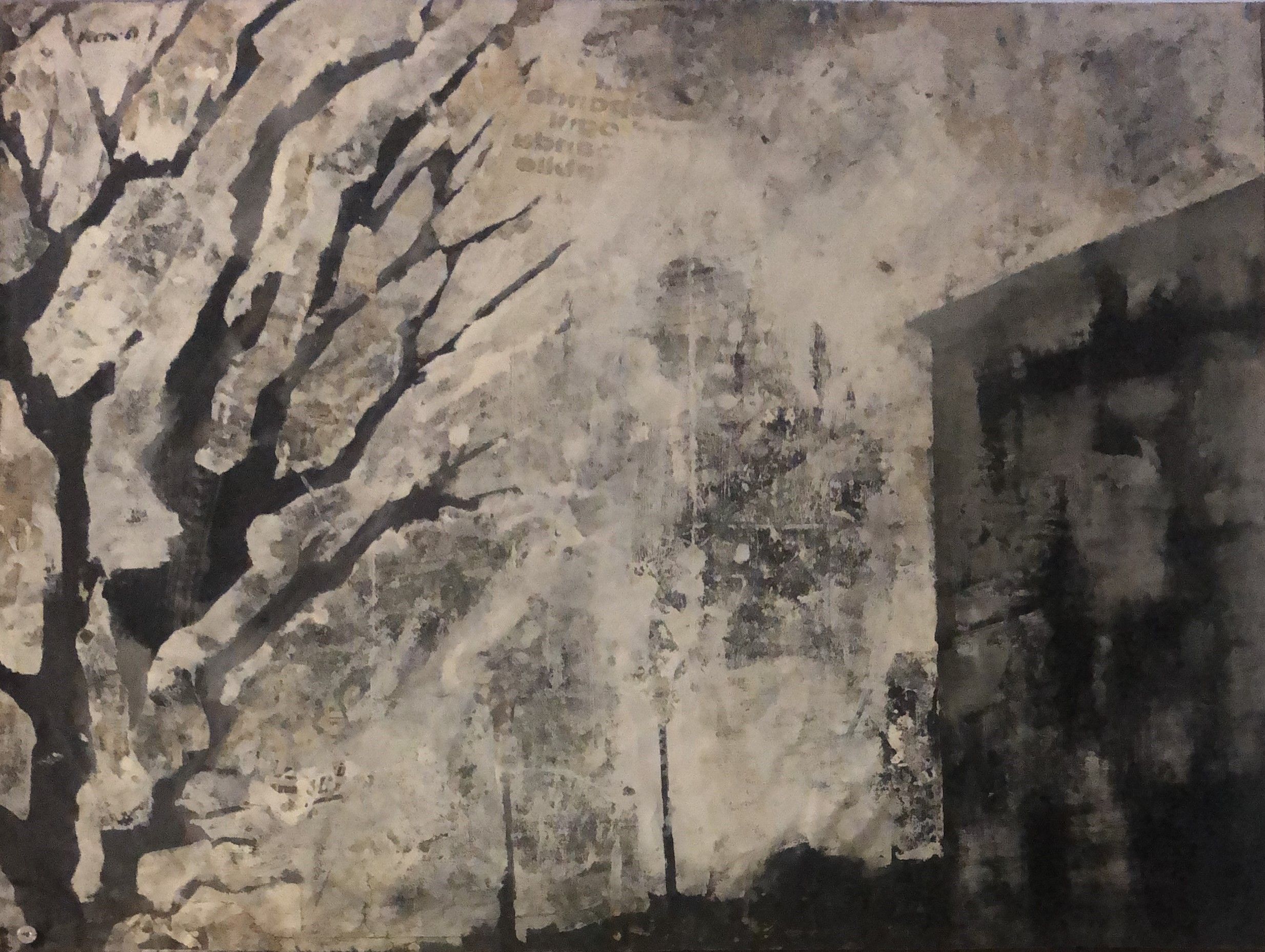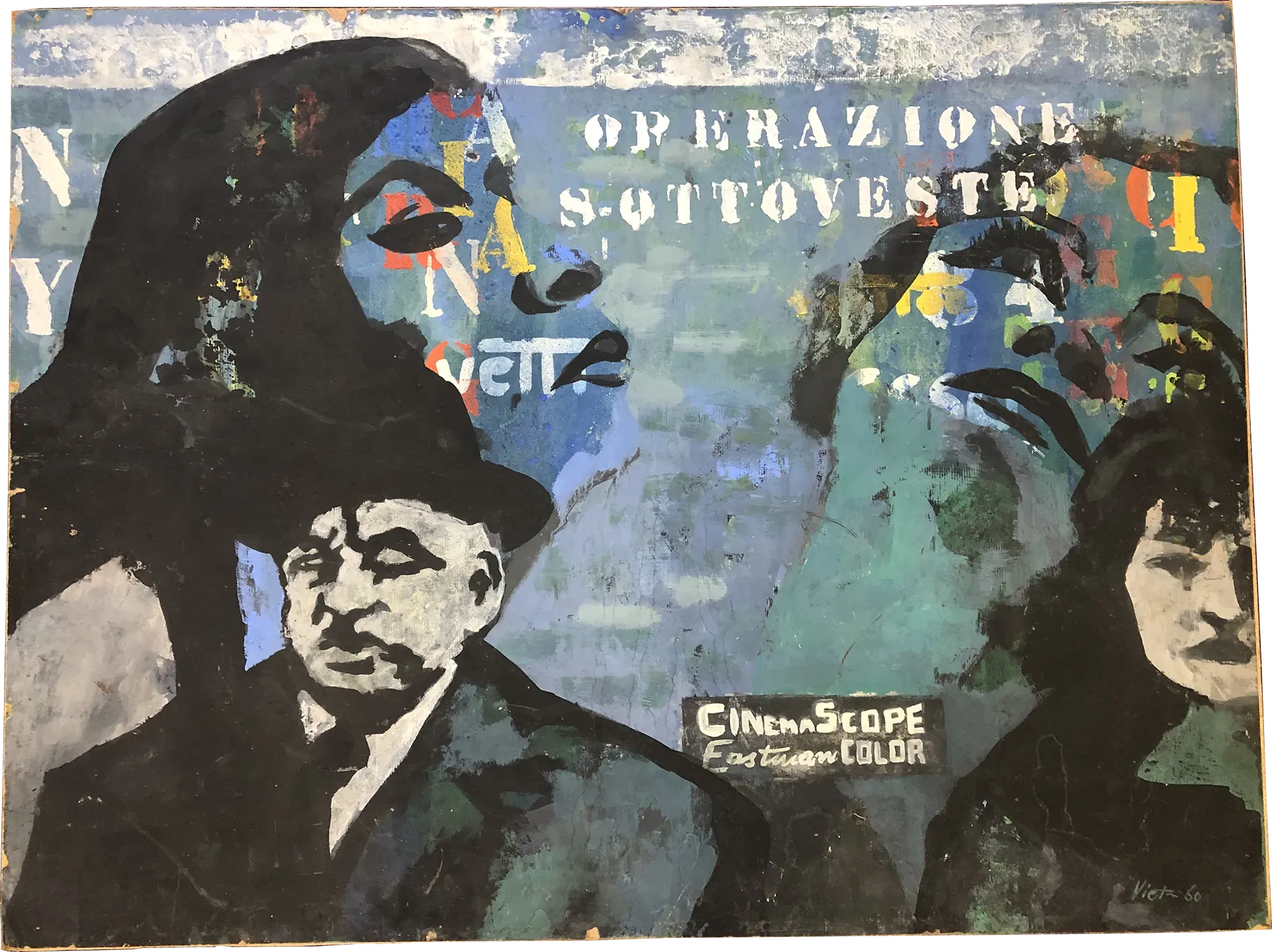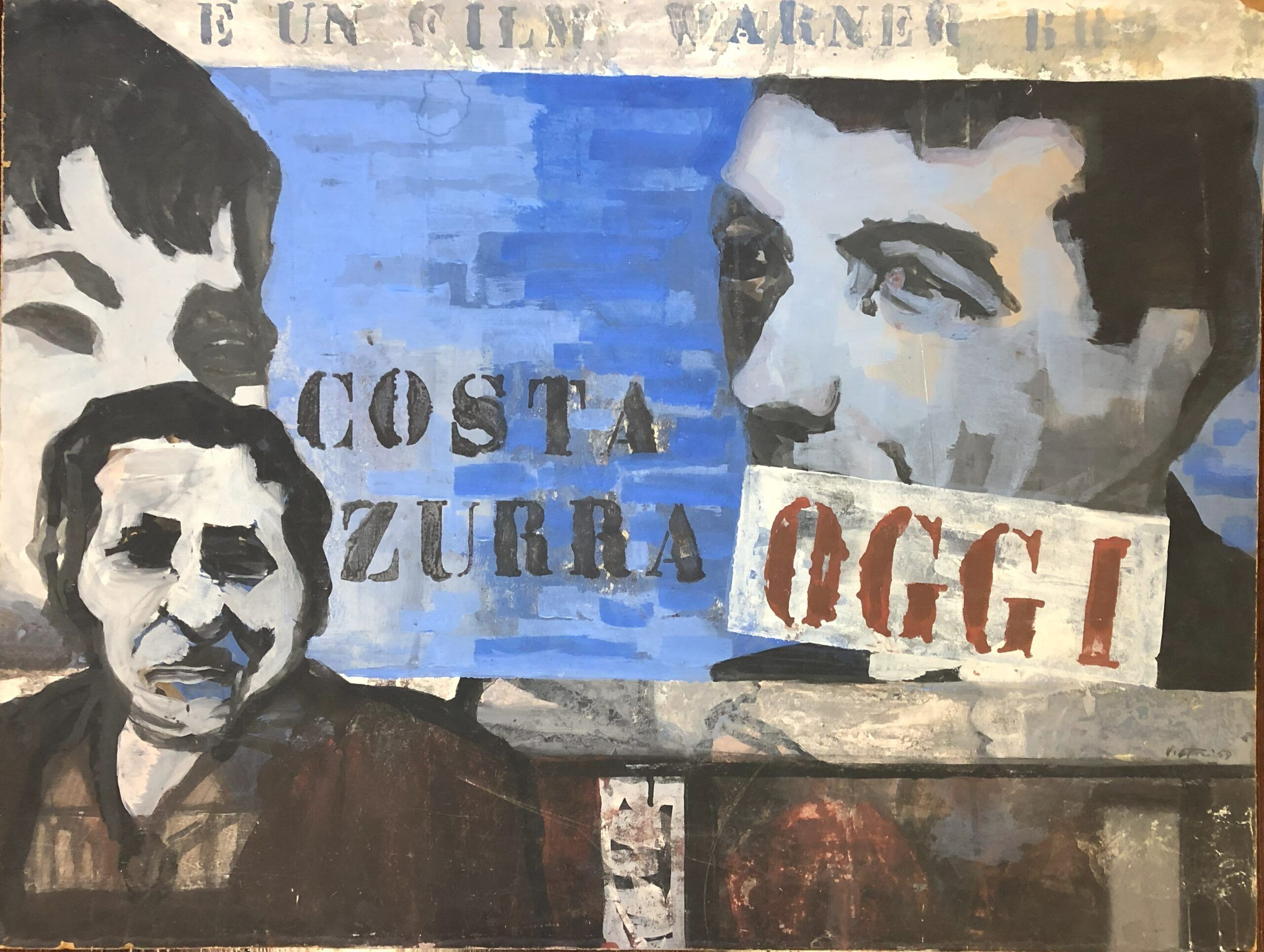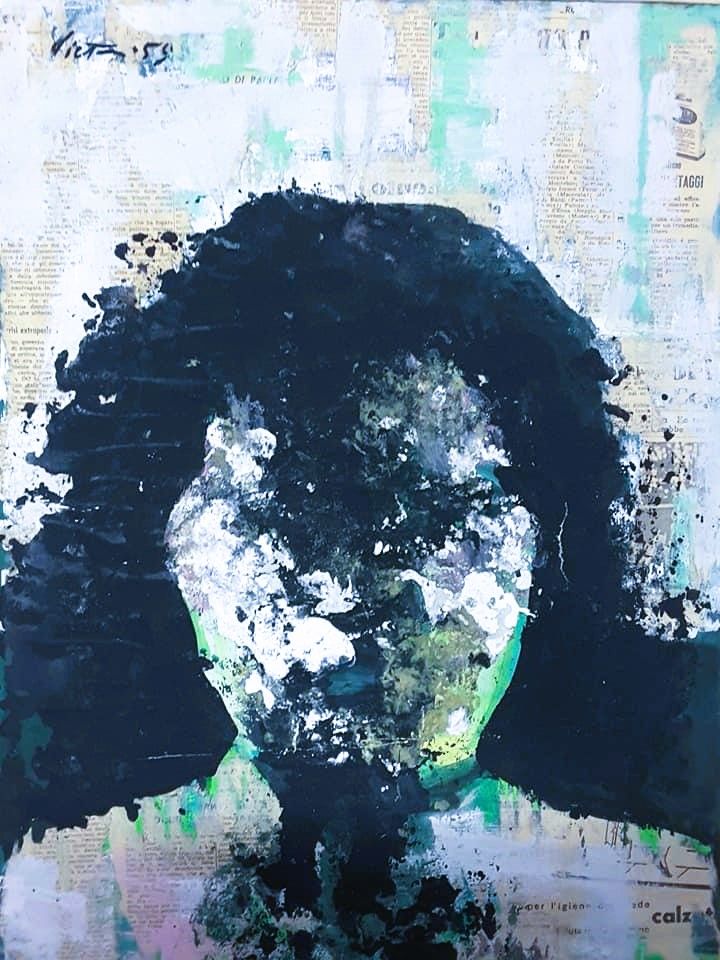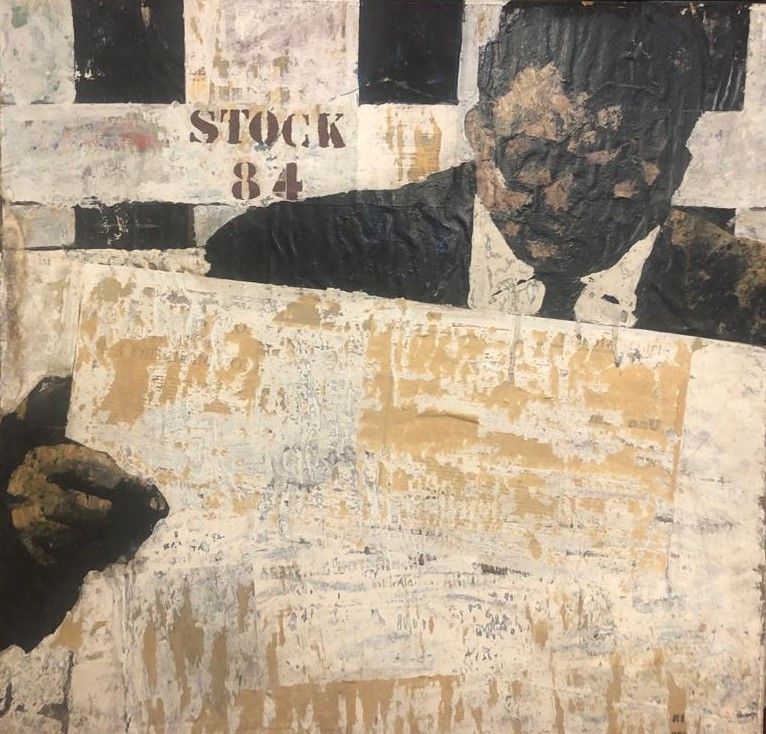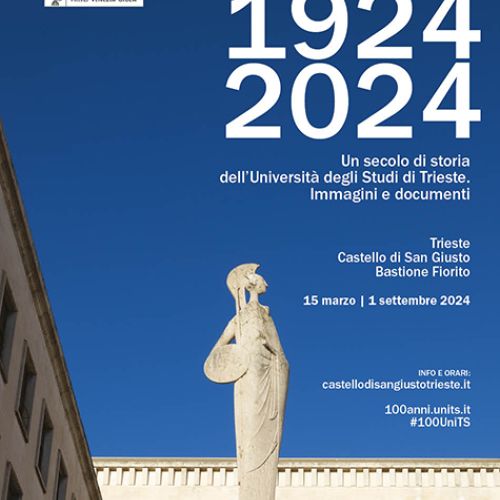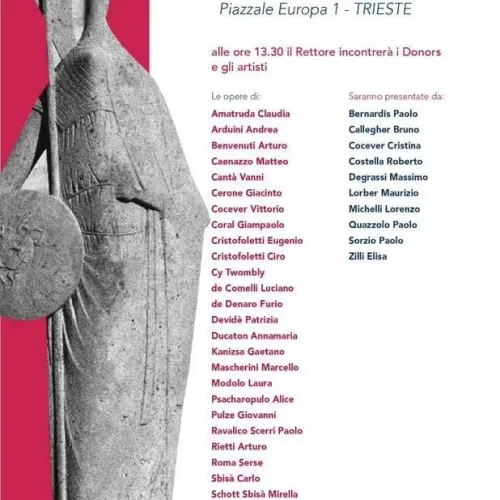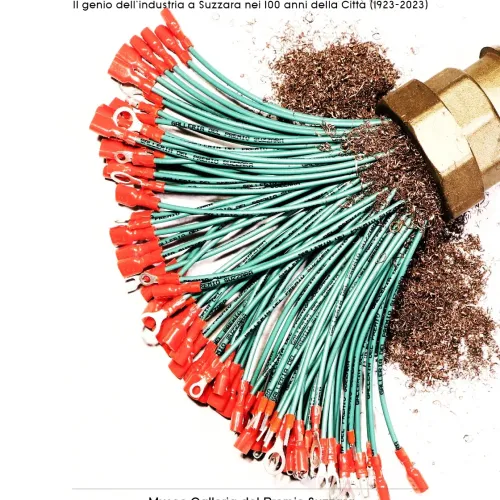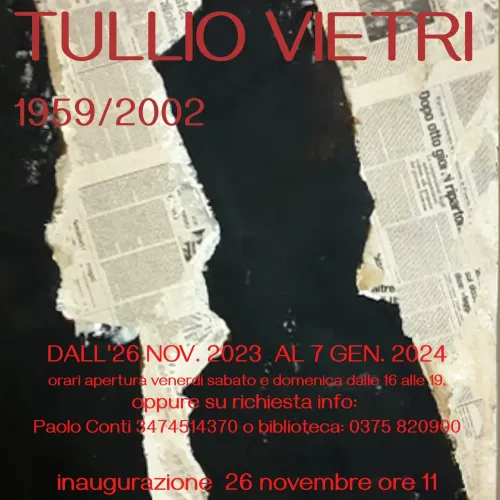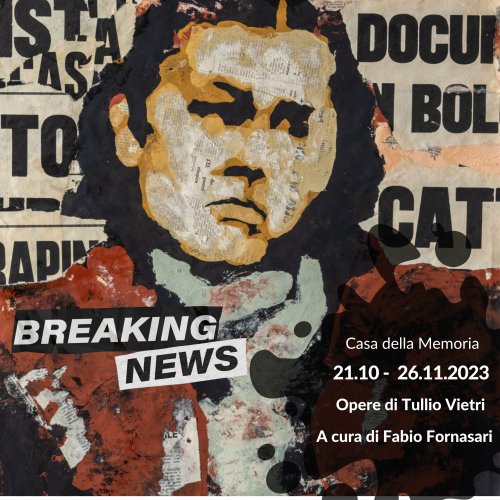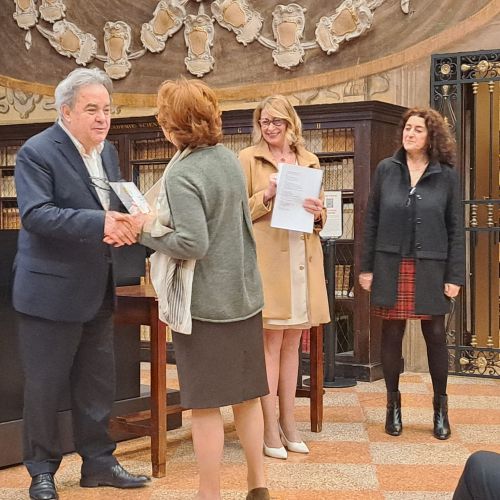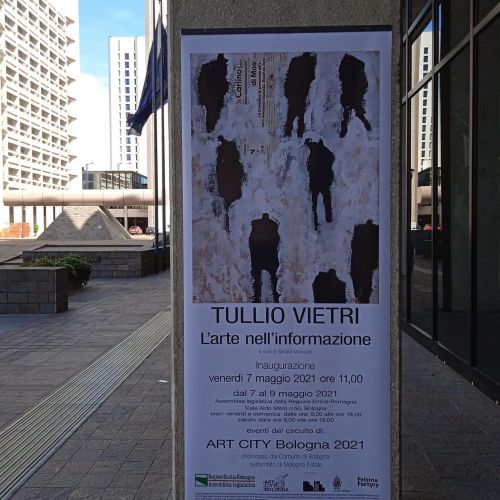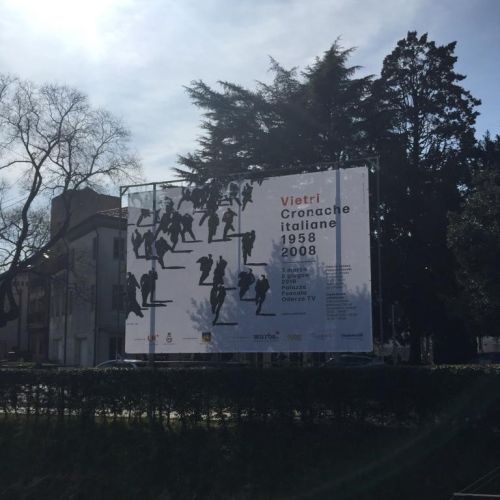The
40s/’50s
40s/’50s
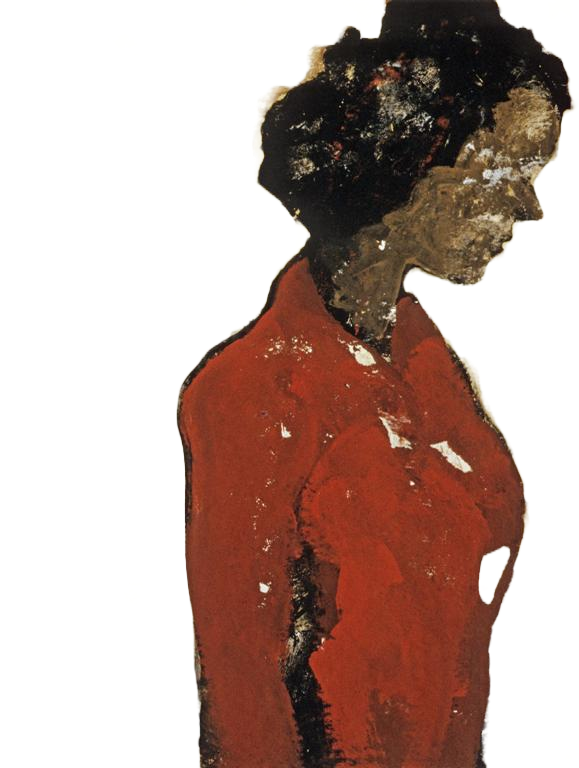
The long formative-experimental path began with his arrival in Bologna in 1938, where, at a very young age, he met his first maestros, the painters Pietro Pietra and Otello Mombelli. In the following years he encountered Nino Bertocchi, Enrico Protti, Carlo Corsi. He later attended Augusto Maiani’s studio for five years and Ilario Rossi’s Scuola di Nudo (School of Nudes) in the years of the Accademia between 1947 and 1952. His painting production, which from 1943 onwards accompanied the period of secondary school, universitary and academic studies, progressively evolved through the systematic study of the great figurative masters, from Giotto to Masaccio, Leonardo, Michelangelo, Tintoretto, Velasquez and Goya.
Then, in the 1950s he kept studying modern and contemporary artists, from Cézanne to Picasso, De Chirico, Morandi, Mondrian, Sironi. At the same time, he continued broadening his horizons from the specific historical-artistic to literary and critical-literary, philosophical, aesthetic, historical, sociological, psychological and linguistic knowledge.
Early Drawings
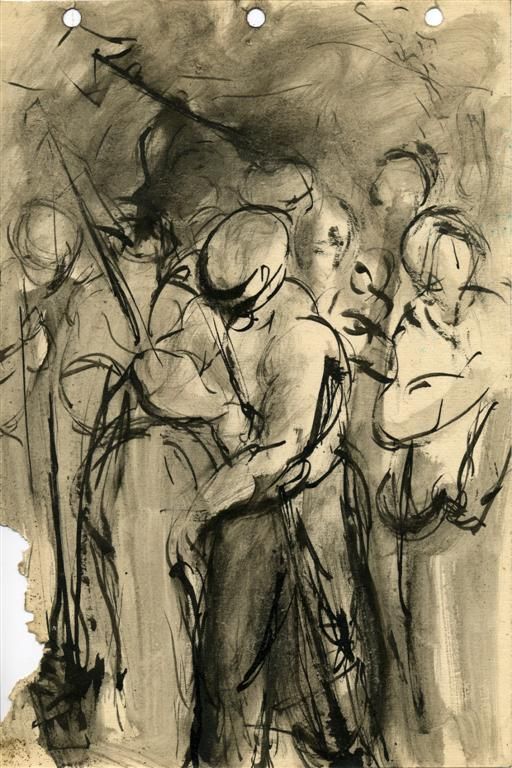



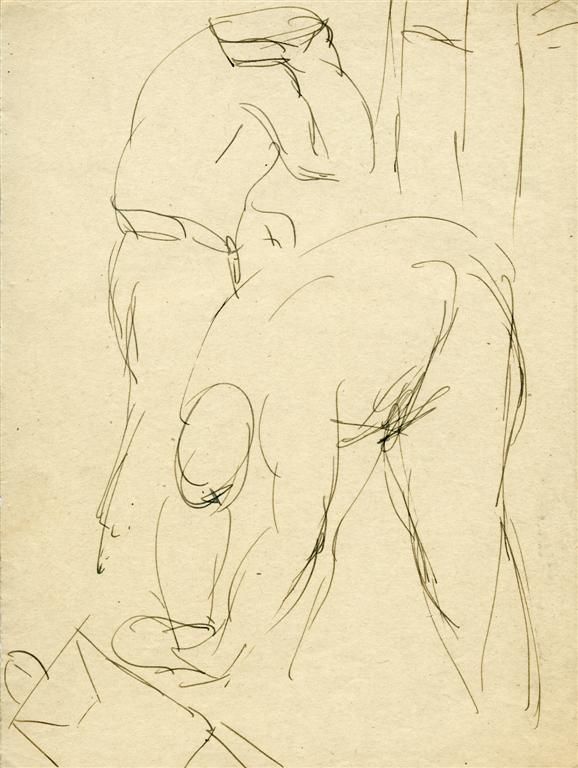
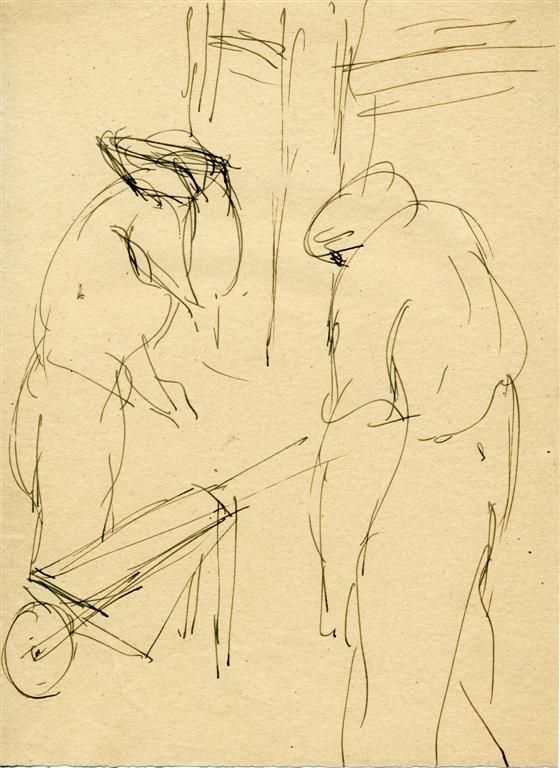
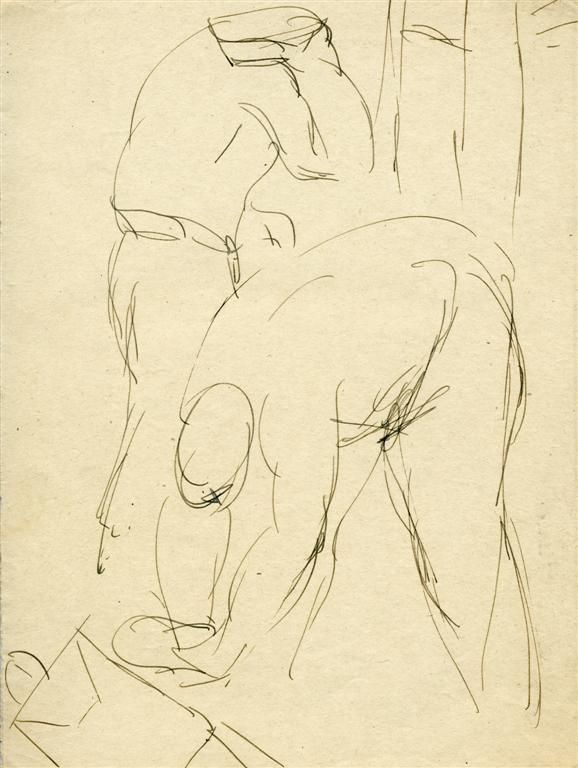

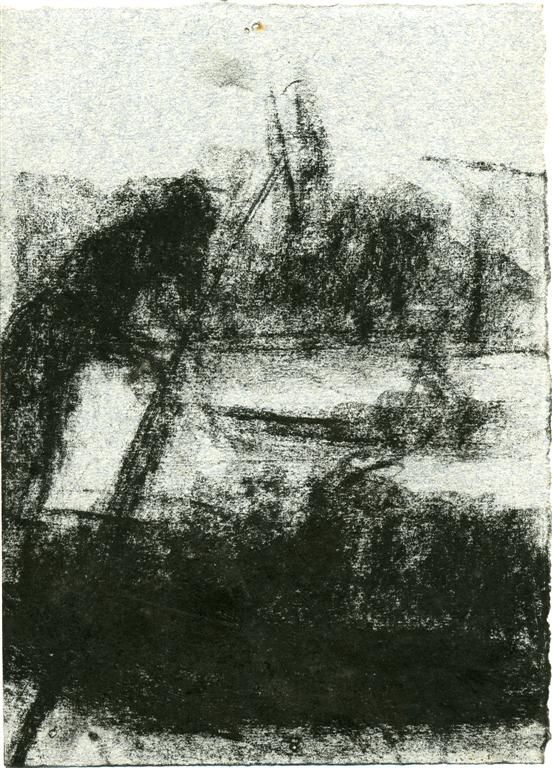
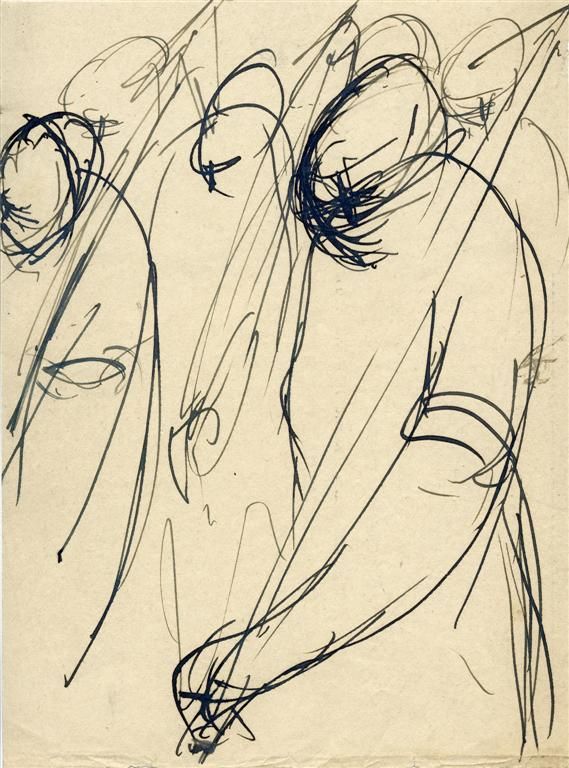
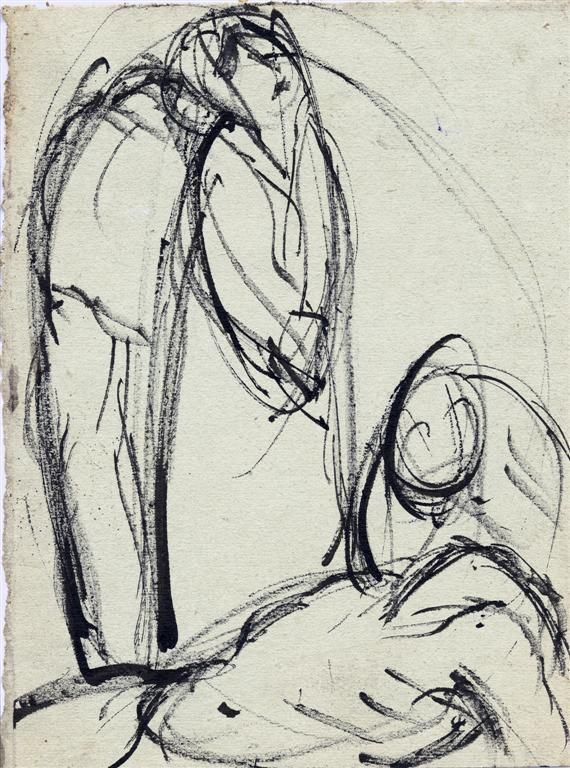

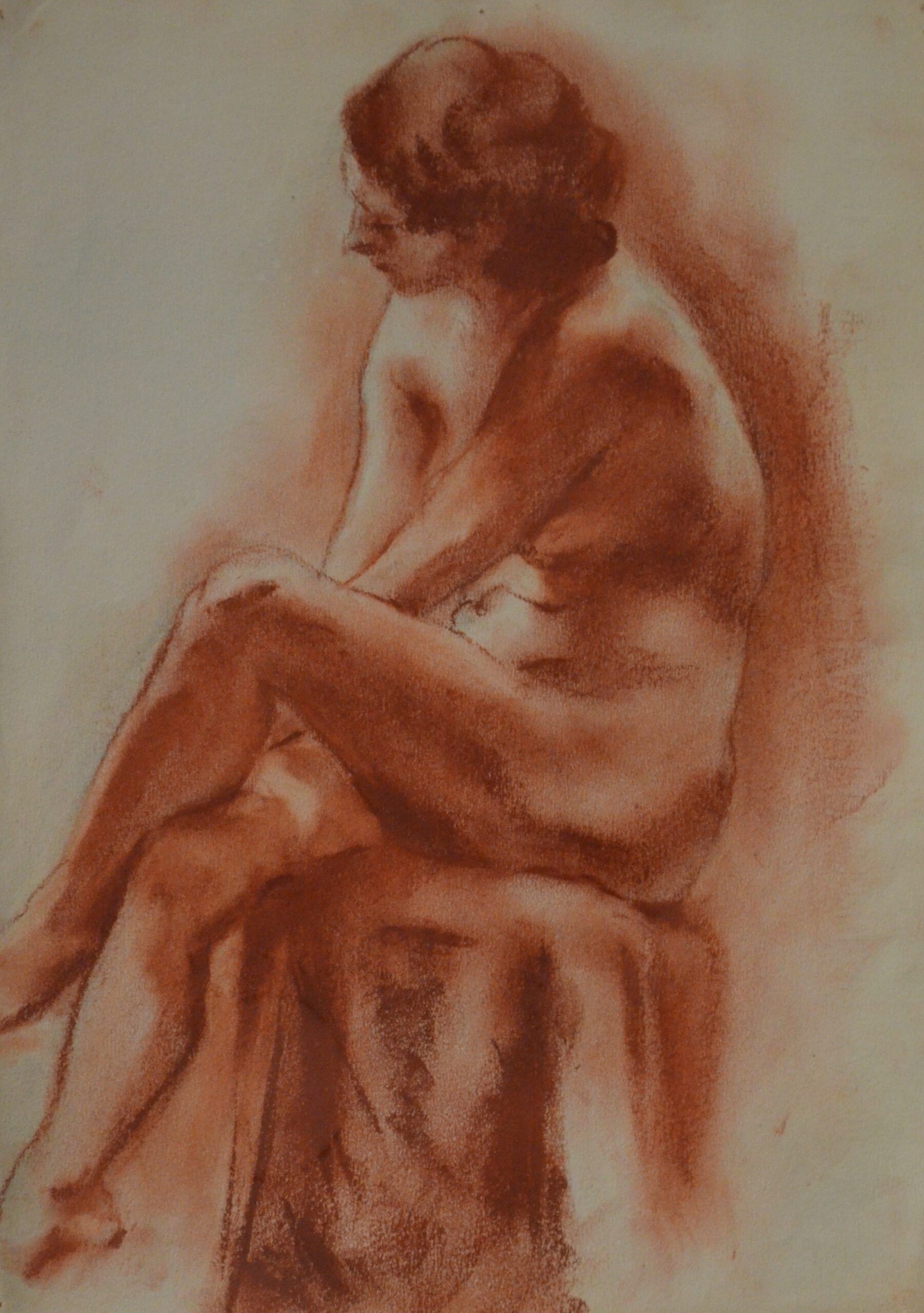
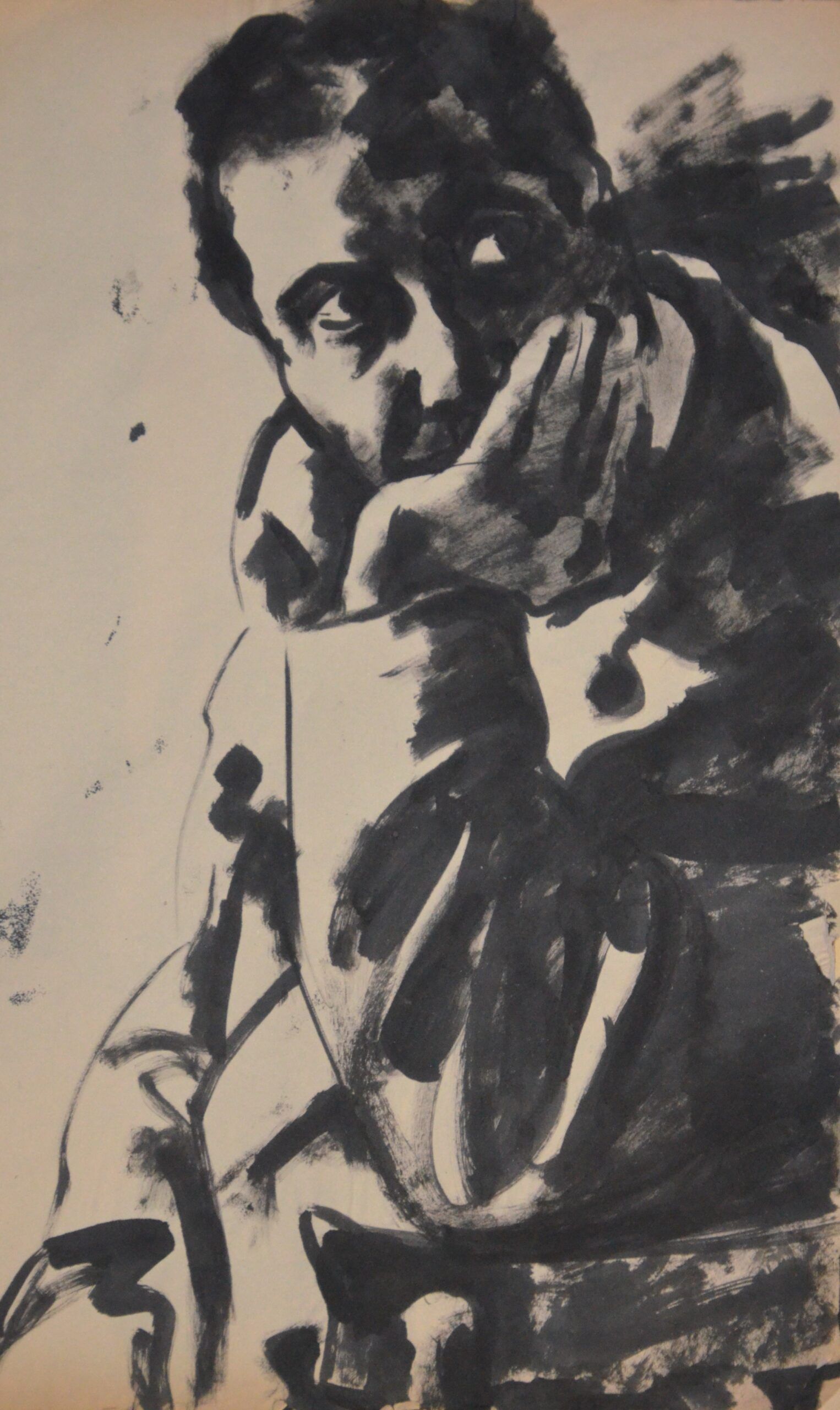

Gallery
The 1950s were still years of training, but above all years of experimentation, of searching for his own stylistic and thematic signature, which was already outlined in the second half of the decade when his pictorial research focused on the observation of social reality in its focal element, the post-war reconstruction.
The oil painting of the youthful years leaves space to tempera paintings, which over time will evolve into the mixed technique of collage, tempera, acrylics on paper/hardboard.
Events & News
Highlights of special moments, near and far.
The Atelier
The atelier preserves the family’s rich pictorial and graphic collection (approximately 1,500 pieces, between paintings and graphics). It periodically organizes temporary exhibitions within its spaces, in order to promote knowledge about the collection, displaying the works in rotation.
It is located in Bologna in Via Saragozza 135 under the historic portico of San Luca.
The Atelier can be visited, by appointment, from October to June. Guided tours available.
The Museum
The Biblioteca Civica, managed by the Oderzo Cultura Foundation, displays the core of the collection owned by the Municipality of Oderzo, by the artist’s behest, custodian of his artworks (about 4000 pieces including paintings and graphics).
It is located in Oderzo (TV) in Via Garibaldi 80 at the Civic Library.
It can be visited during library opening hours and by appointment.
